Forums
- Forums
- Duggy's Reference Hangar
- Luftwaffe Library
- Junkers G-23/24
Junkers G-23/24
Post a reply
- Go to Previous topic
- Go to Next topic
- Go to Welcome
- Go to Introduce Yourself
- Go to General Discussion
- Go to Screenshots, Images and Videos
- Go to Off topic
- Go to Works in Progress
- Go to Skinning Tips / Tutorials
- Go to Skin Requests
- Go to IJAAF Library
- Go to Luftwaffe Library
- Go to RAF Library
- Go to USAAF / USN Library
- Go to Misc Library
- Go to The Ops Room
- Go to Made in Germany
- Go to Campaigns and Missions
- Go to Works in Progress
- Go to Juri's Air-Raid Shelter
- Go to Campaigns and Missions
- Go to Works in Progress
- Go to Skinpacks
- Go to External Projects Discussion
- Go to Books & Resources
-
6 years agoSat Jun 08 2019, 06:38pm
 Main AdminDesign and development
Main AdminDesign and development
The increased German air traffic in the 1920s led to a requirement for a larger passenger transport aircraft. The G 24 was an enlarged development of the F 13. It was originally designed by Ernst Zindel as a single-engine aircraft. Under the restrictions imposed on aircraft in Germany by the Treaty of Versailles, only low powered engines were allowed. So the Junkers company designed their large G24 airliner to be single-engined, but built it as a tri-motor. With three low powered engines the G24 could fly, but was not a viable airliner. The plan was to sell the tri-motors to airlines outside of Germany, who would then install a single, high-powered engine (e.g. 450 hp Napier Lion) on the nose, and simply remove the wing center-section plugs that carried the other two engines. However the Military Inter-Allied Commission of Control declared the G24 design to be a military type aircraft, and outlawed it.
Junkers then resubmitted what was essentially the same design, but under a new designation: Junkers G23. The Allied Commission ultimately allowed Junkers to build the G23, even in the single engined version, because it was clearly an airline type. The plane was always marketed under the G24 designation.
Junkers continued to build the G24/G23 as a tri-motor, because the ruse to circumvent the Allied restrictions also had the benefit that the plane could fly, and even climb, with one engine out. In 1925 most airliners were single-engined, since one big engine will usually be more efficient than several small ones. Twin-engine types could not maintain altitude with an engine out, unless they were so overpowered that the airlines could not afford to operate them. A tri-motor did not have to be so grossly overpowered, to be able to fly with an engine out.
On May 1, 1926 newly formed German airline Deutsche Luft Hansa started flying passengers on the route Berlin ? K?nigsberg at night using G24 aircraft . This was the first time any airline, anywhere in the world, flew passengers at night. Previously airlines had flown only mail and freight after dark. If an engine failed, the pilot bailed out by parachute, since a forced landing in the dark is too dangerous. The Junkers G24 could carry passengers, since there would not be any forced landings. The G24s of Luft Hansa also had blind flying instruments and radio navigation (with the radio operator sitting in the passenger cabin, as there was no room in the open two seat cockpit).
The aircraft was manufactured in three main batches, with different engine alternatives. Between 1925 and 1929, at least 72 aircraft were manufactured, 26 of which went to Luft Hansa. The G 24 managed to set a number of aviation records involving pay loads. Fritz Horn flew 2,020 km (1,560 mi) with a payload of 1,000 kg (2,200 lb) on 14 h 23 min, having an average speed of 140 km/h (90 mph), setting a new world record.
On 24 July 1926, two G 24s became famous after having flown the 20,000 km (12,400 mi) route between Berlin and Peking in just 10 stops. This flight ended on 8 September. It was initially meant that they would fly all the way to Shanghai, but they were prevented by military conflicts. On 26 September 1926, the two aircraft landed again in Berlin. Later during the year, a trans-Euro-Asiatic line was created.
LuftHansa, which operated the largest G 24 fleet in the world, decided to modify their G 24s to a single engine standard. The first modifications were done in March 1928. The wing was shortened and the center engine was replaced with a BMW VIU engine. Junkers called this aircraft F 24ko. A total of 11 G 24s were modified to F 24 standard between 1928 and 1930. By July 1933, most of these BMW-equipped F 24s were again modified with the new Jumo 4 and designated as F 24kay. Most of these F 24s remained in service at the beginning of World War II in 1939. Most of them were used by Luft Hansa as freighter aircraft.
The Soviet-German aircraft cooperation in the 1920s let to a Soviet request for a new bomber aircraft.
Junkers then designed the Junkers Ju 25 as a twin-engine bomber. But the development of this aircraft was too expensive for Junkers, especially since there were some difficulties with his Russian partners. Junkers then advised his lead designers ? Ernst Zindel and Hermann Pohlmann ? to design a military derivate of the G 24. By November 1924, the new aircraft was ready, and given the designation G3S1 24 and it was a direct modification of the G 24ba. The aircraft was said to be an air ambulance. Junkers followed up this design with several reconnaissance designs e.g. the G1Sa 24 which was a modified G 24 with only a single engine. The next design, the G2sB 24 was also a bomber, directly derived from the G 24he. This aircraft had a new center wing section and a new nose section, to allow an open shooting area to the forward areas. Junkers decided to produce this design as the general military version of the G 24 and gave it the designation K 30 in 1926.
In 1926, the Finnish airlines Aero O/Y acquired a Junkers G 24, which went into service on the Stockholm route. The aircraft was equipped with floats, but not skis, and so could be used in summer only. It remained in service until 1935.
A Swedish G 24 also participated in the rescue of the unfortunate Italian Umberto Nobile expedition to the North pole. This was the first time an aircraft had flown over the Arctic Sea without stops.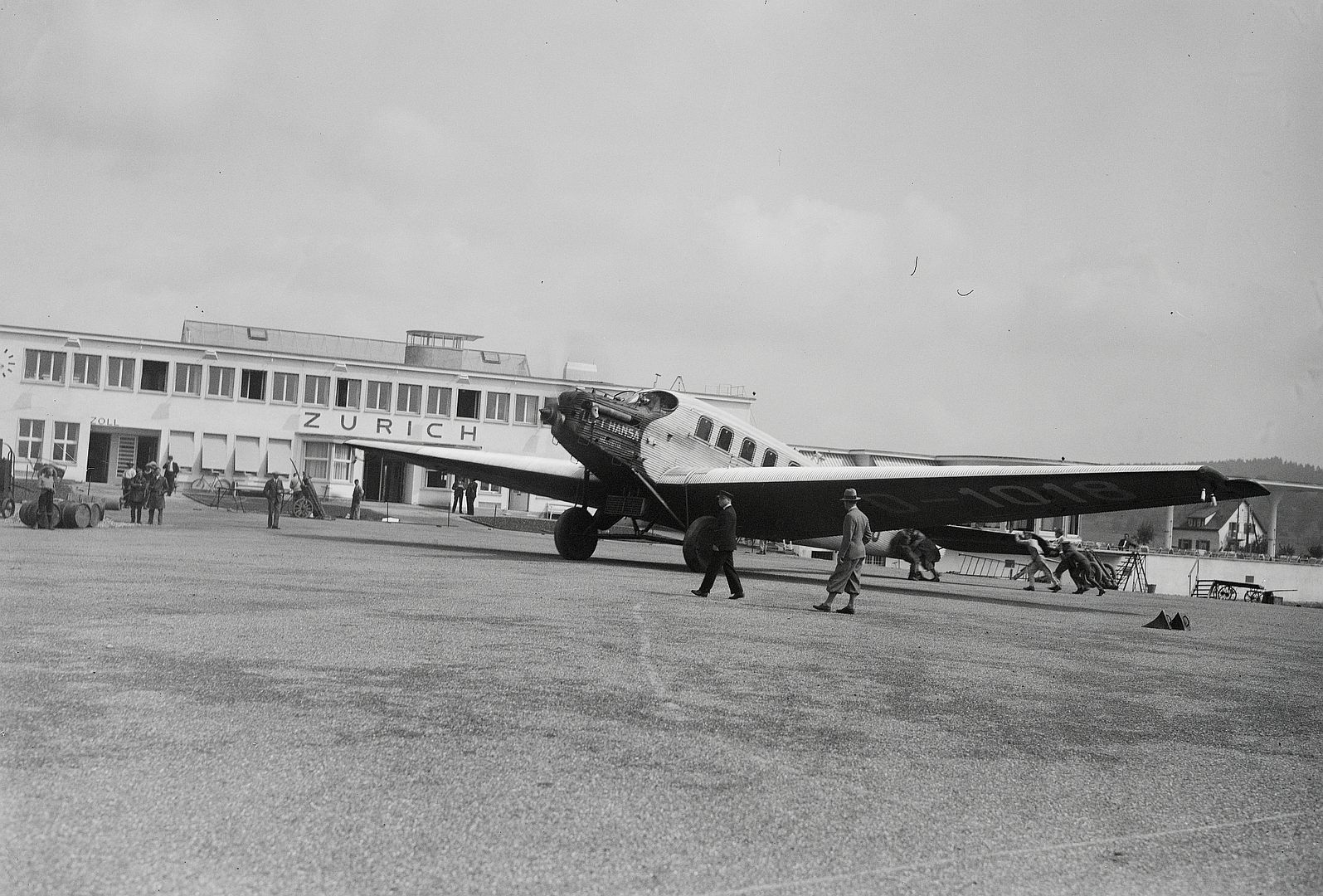
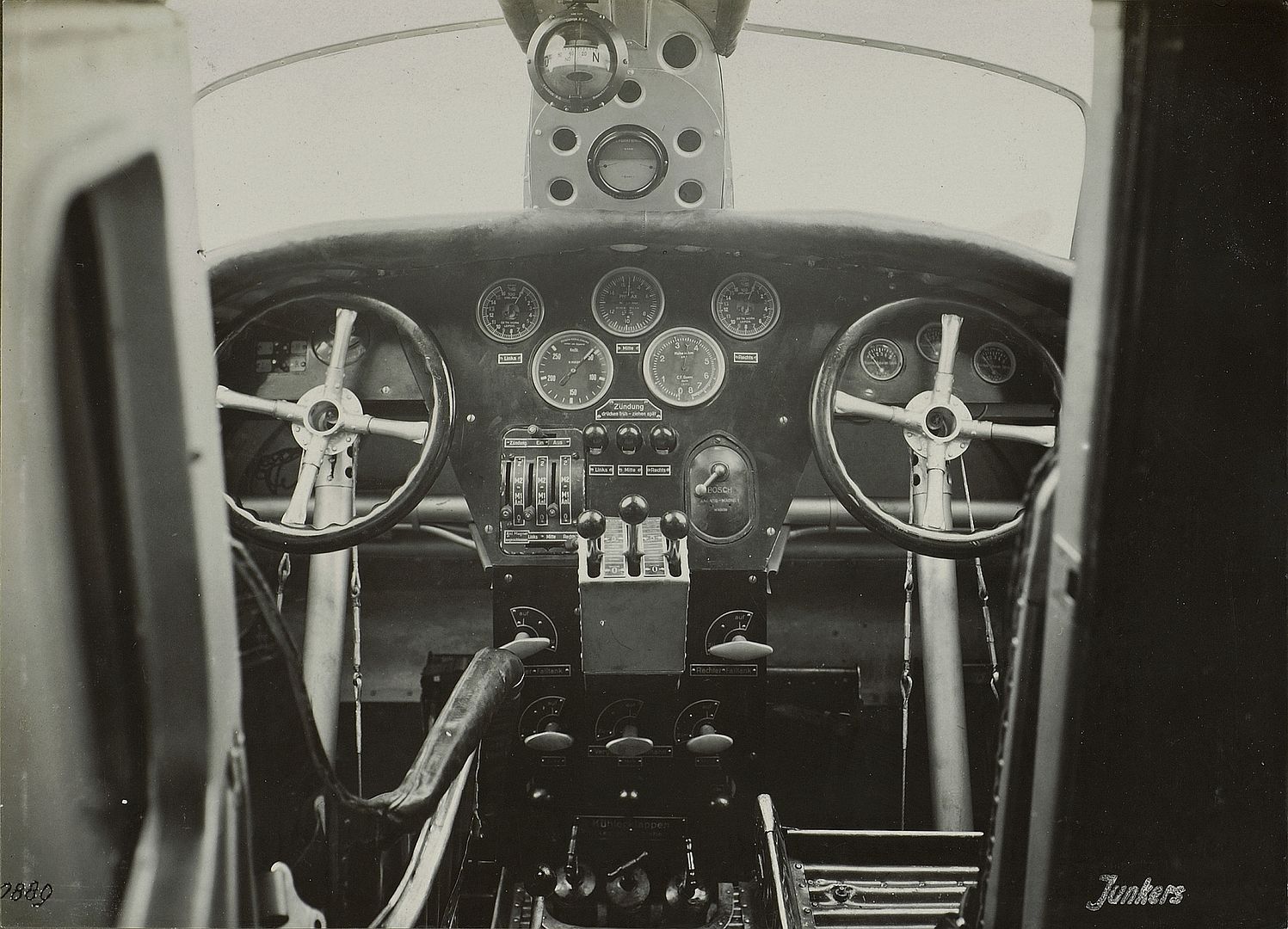
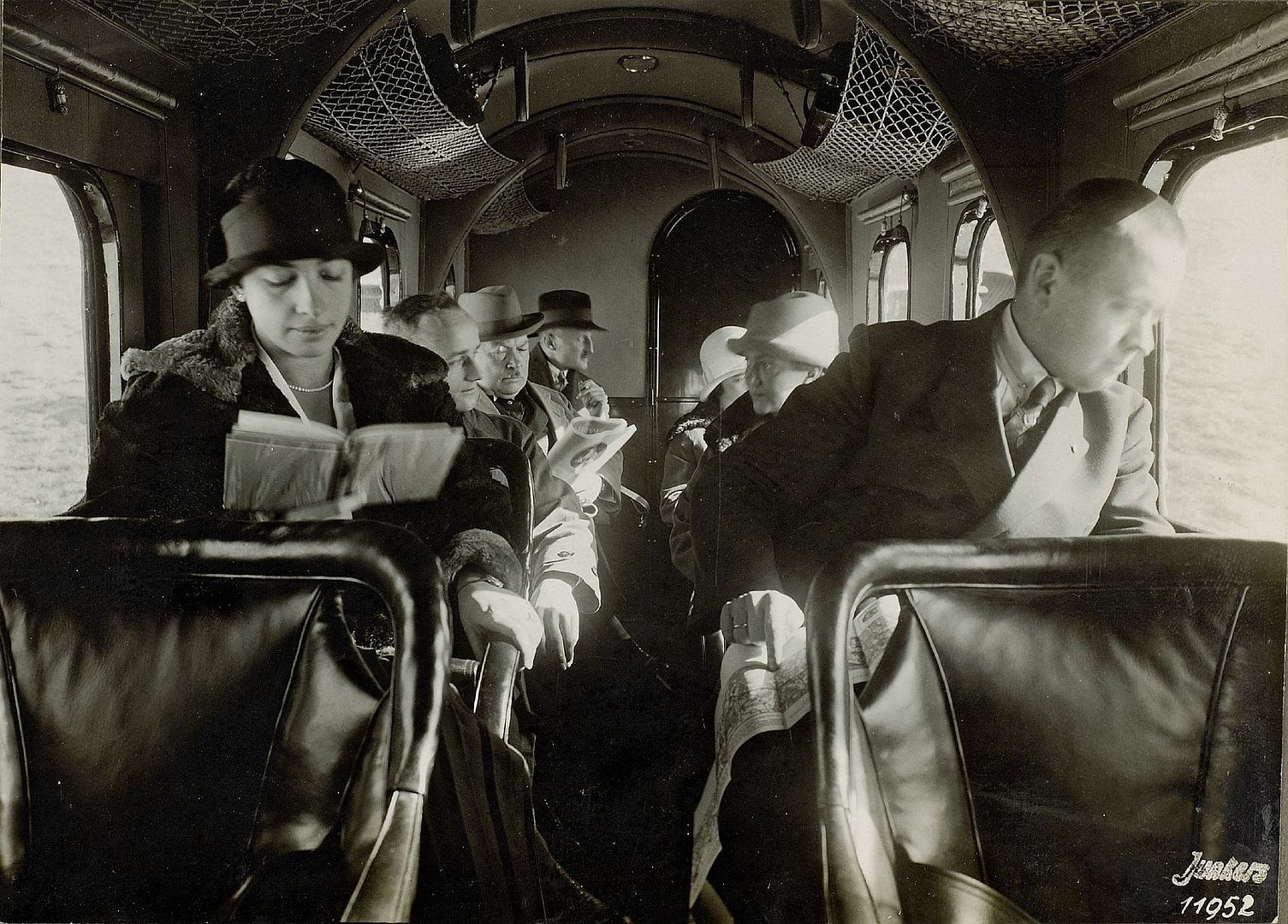
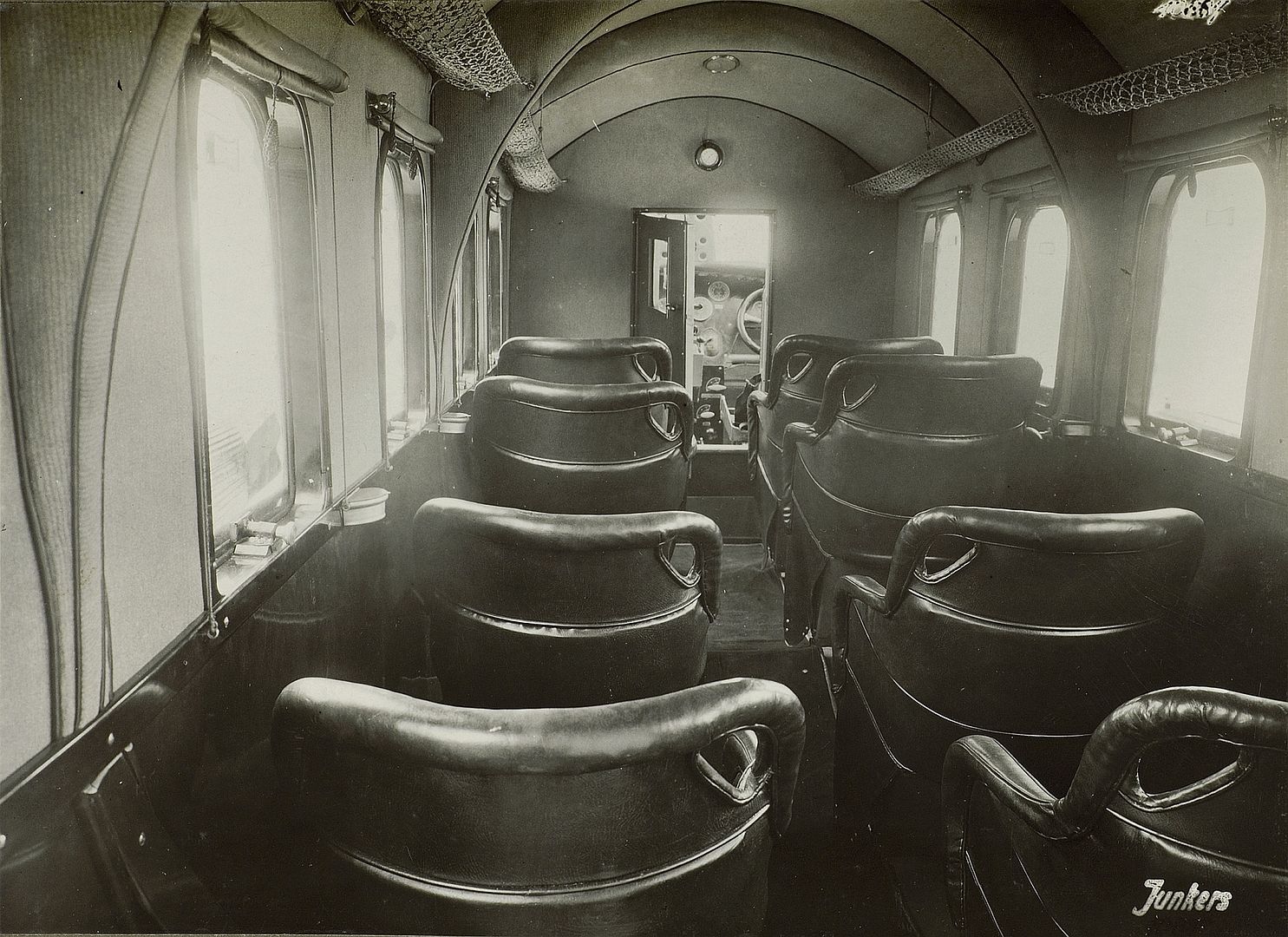
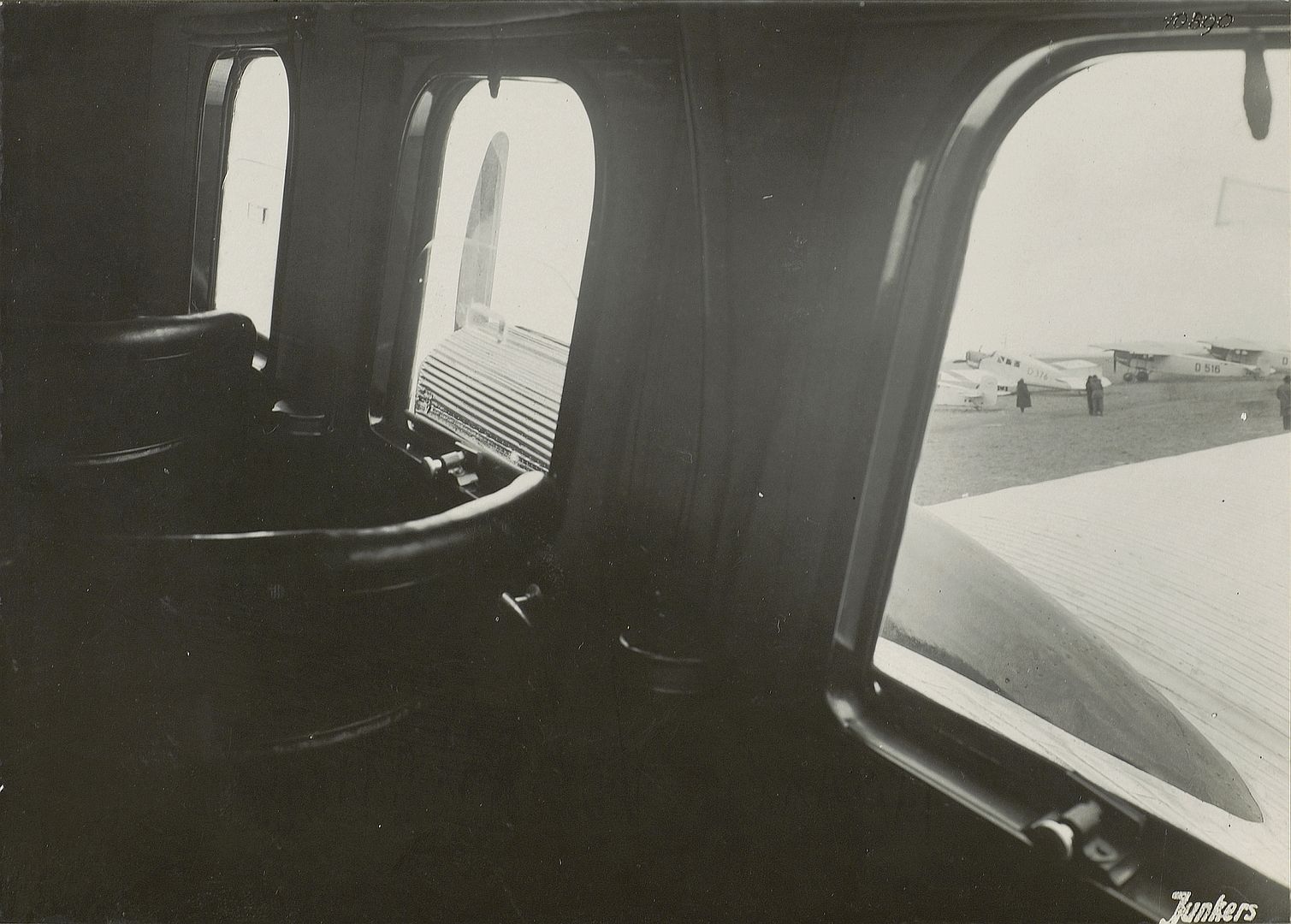
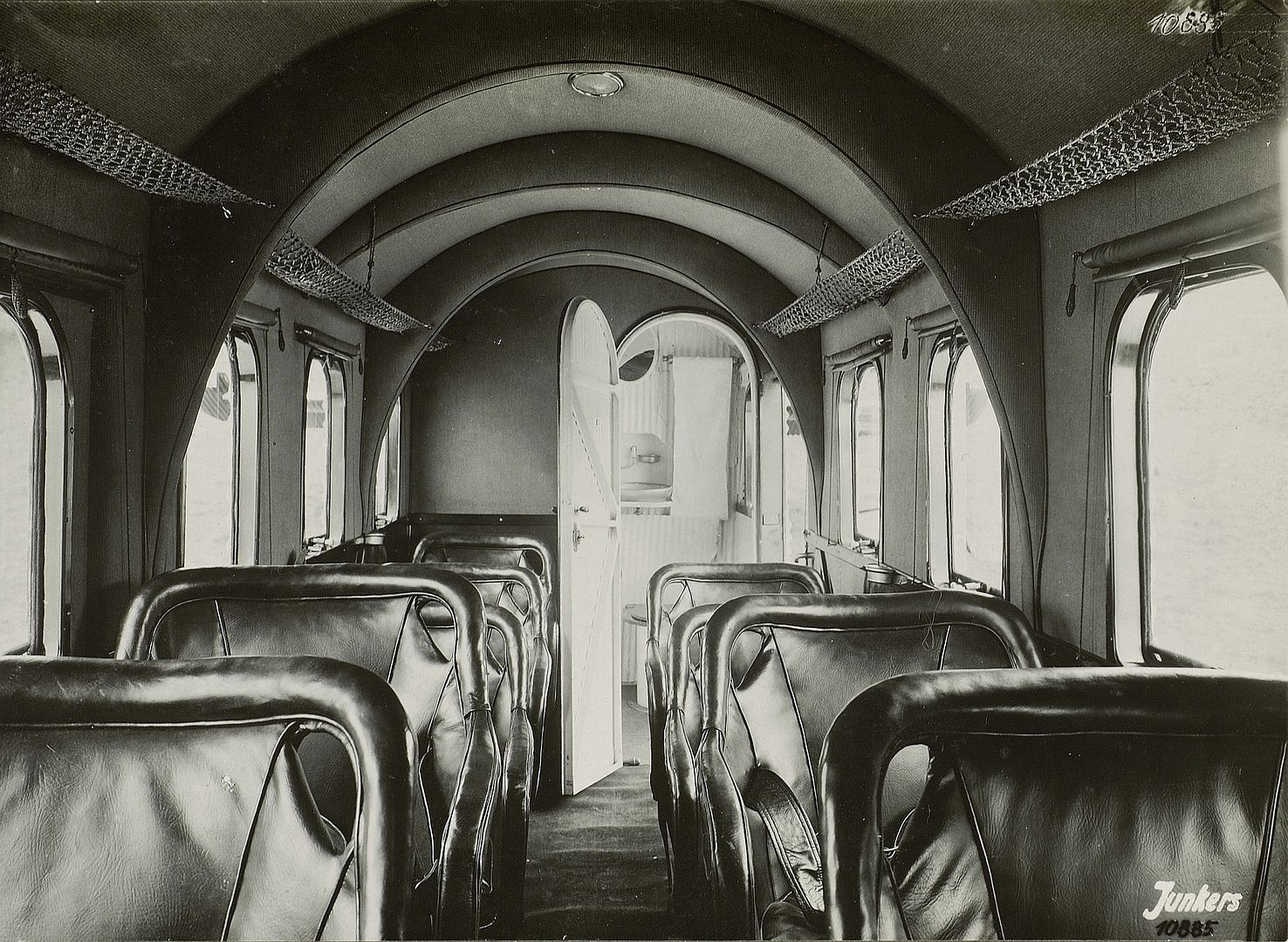
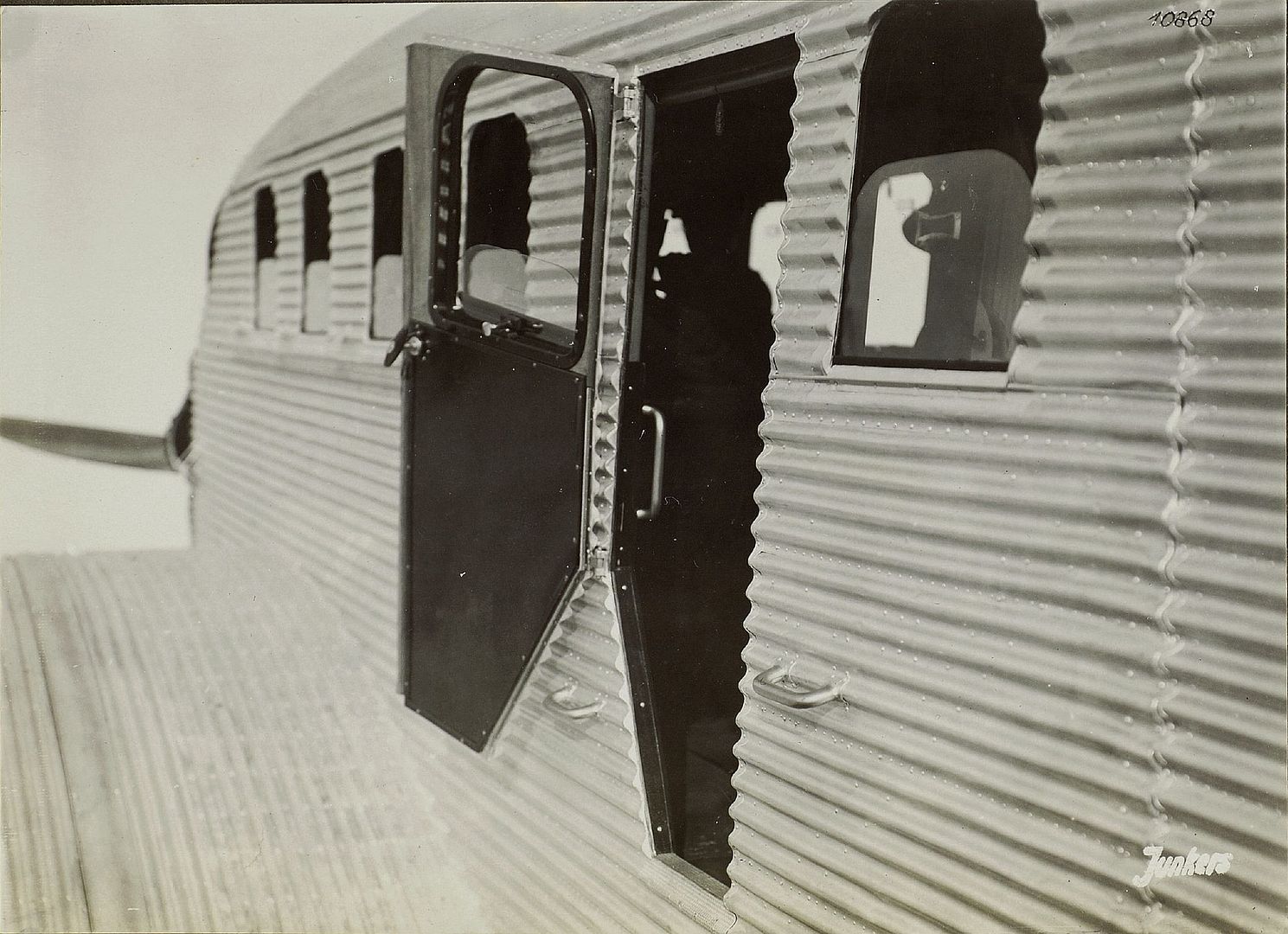
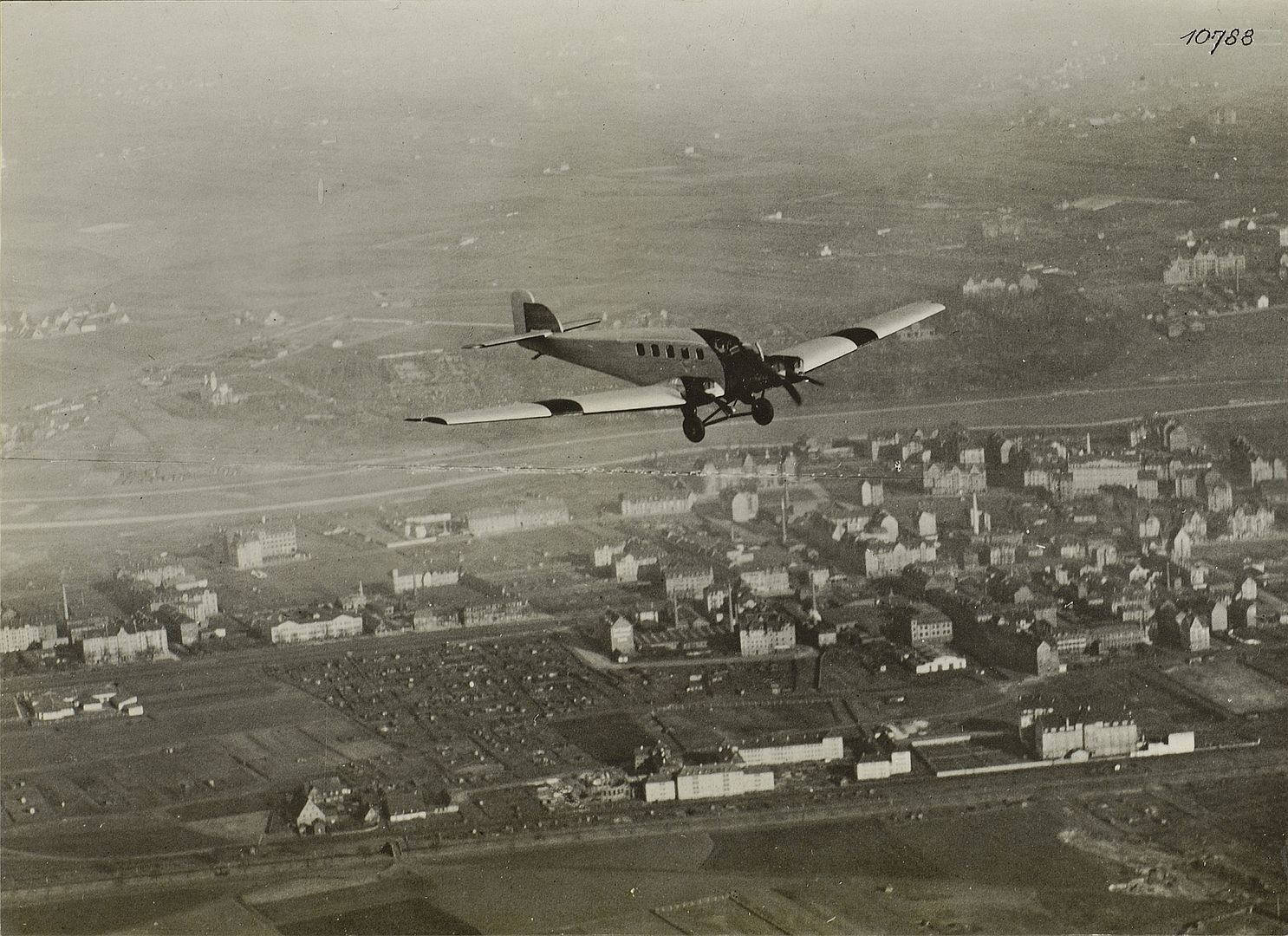
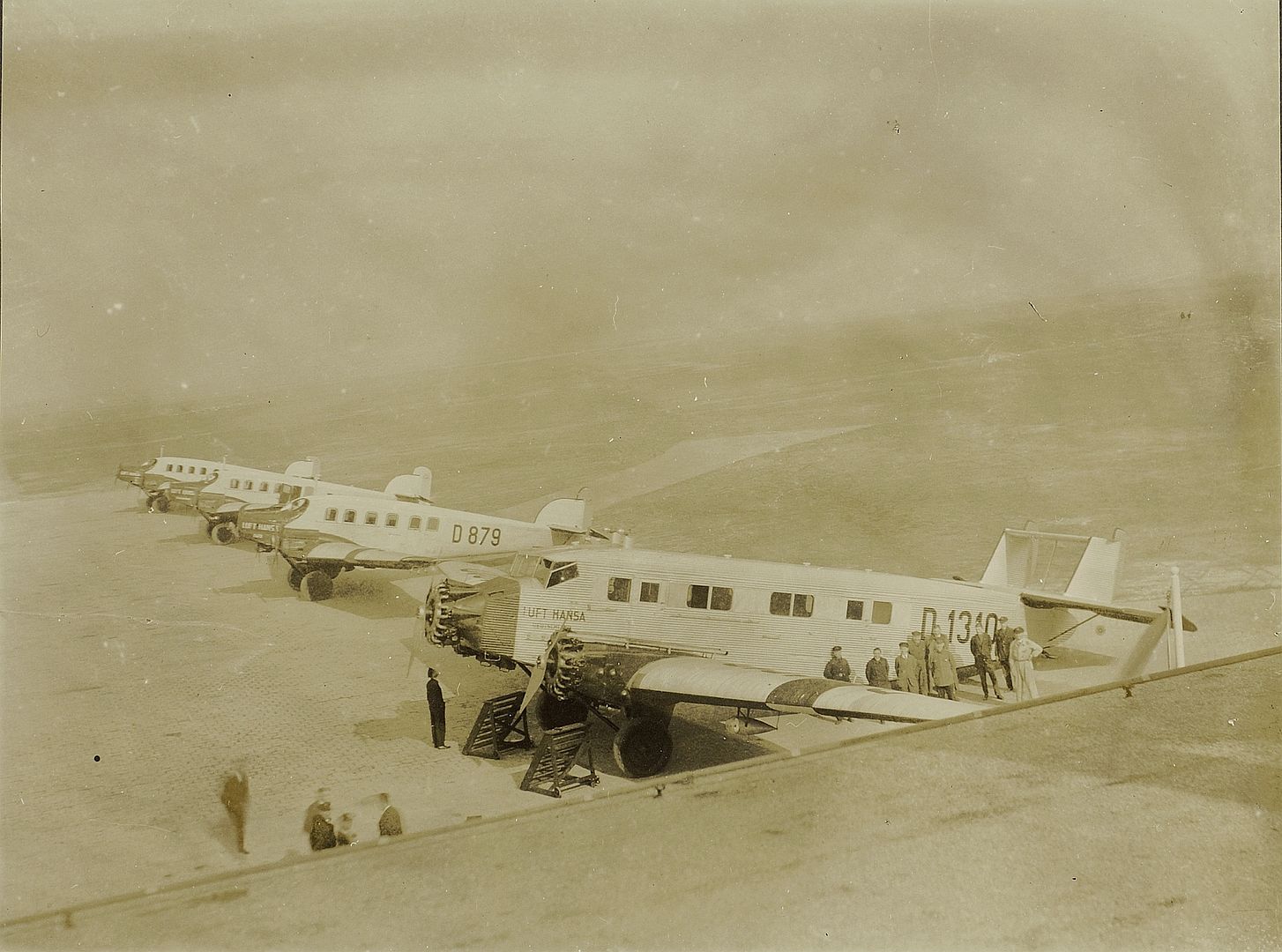
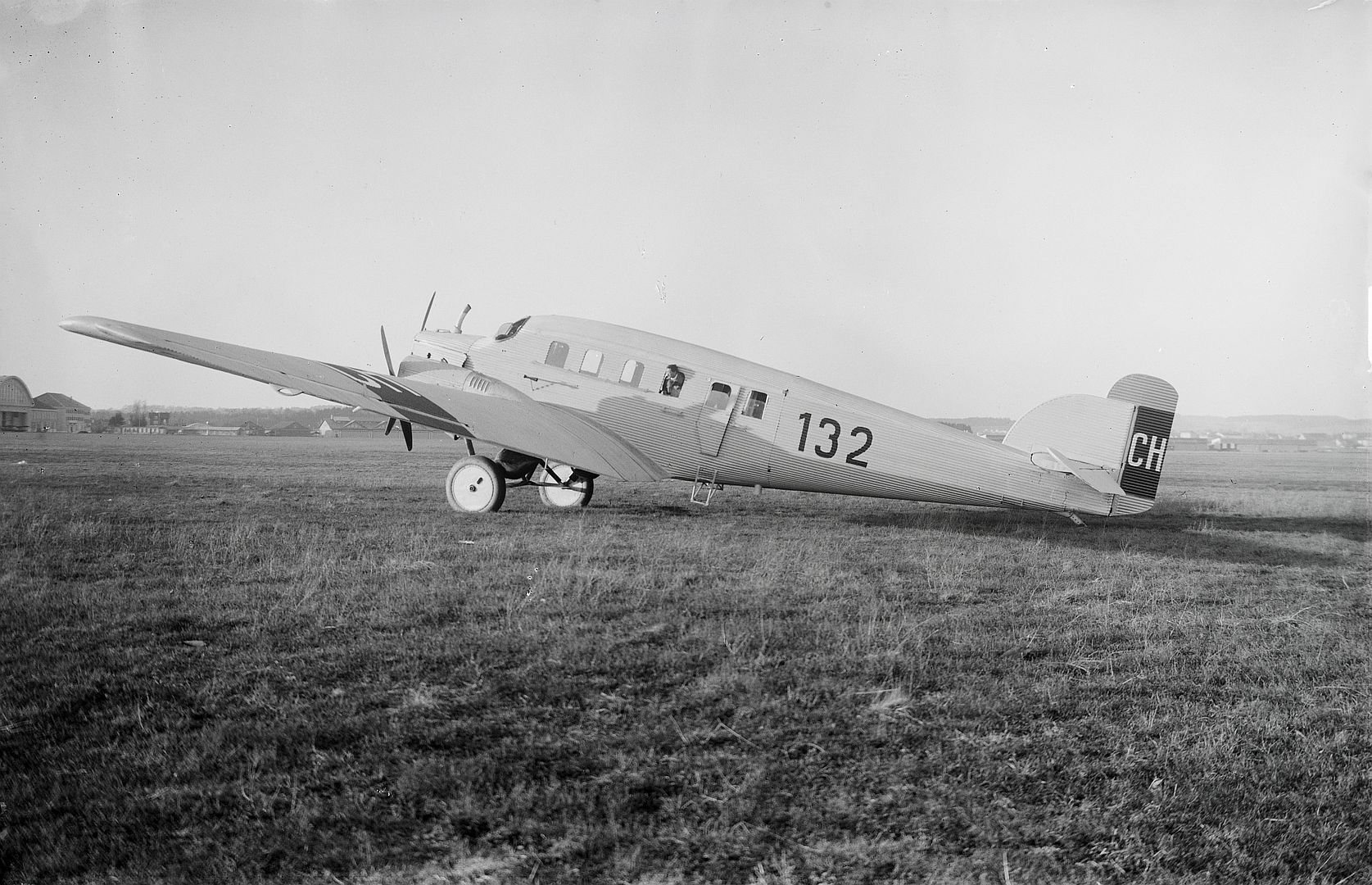
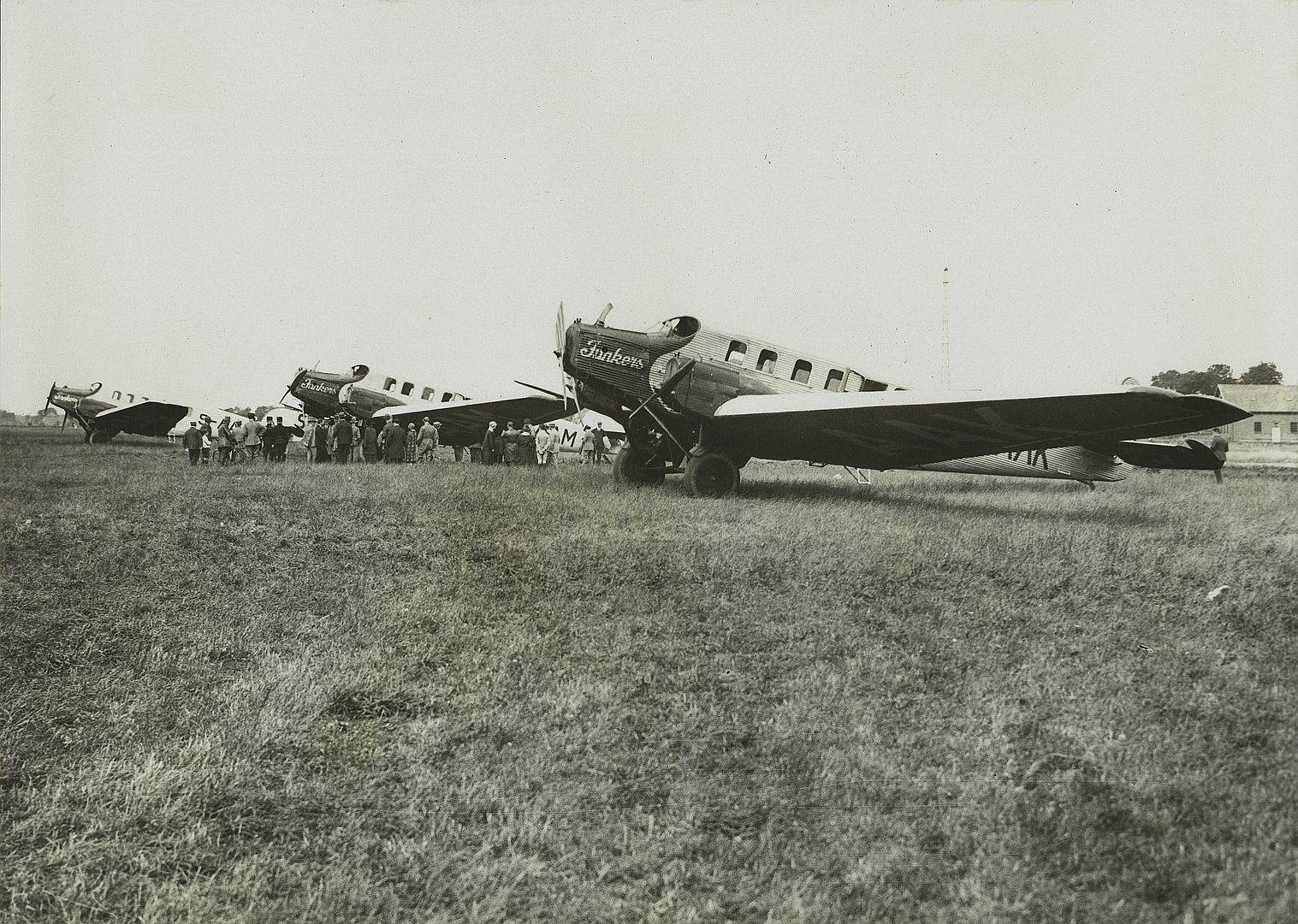
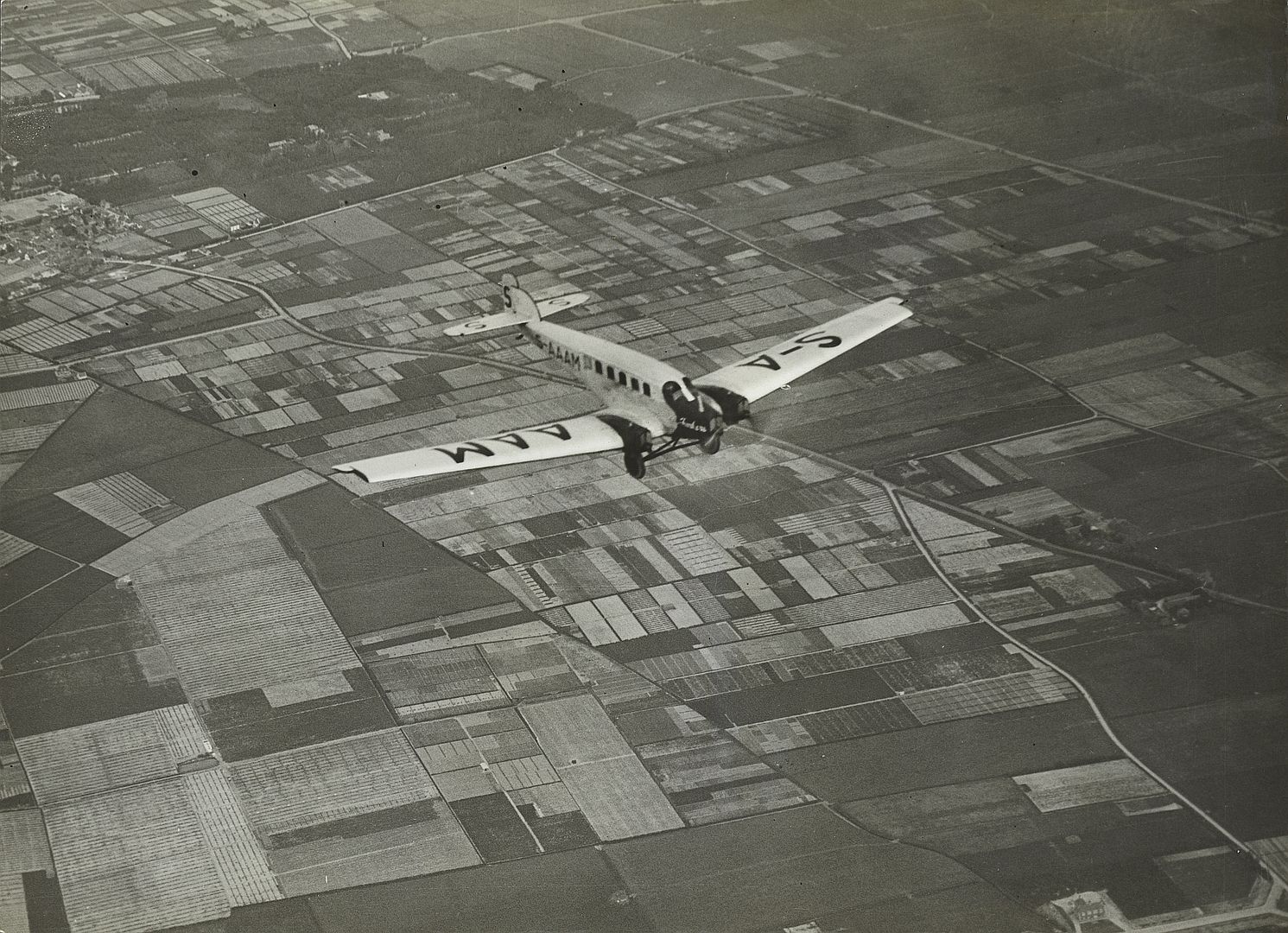
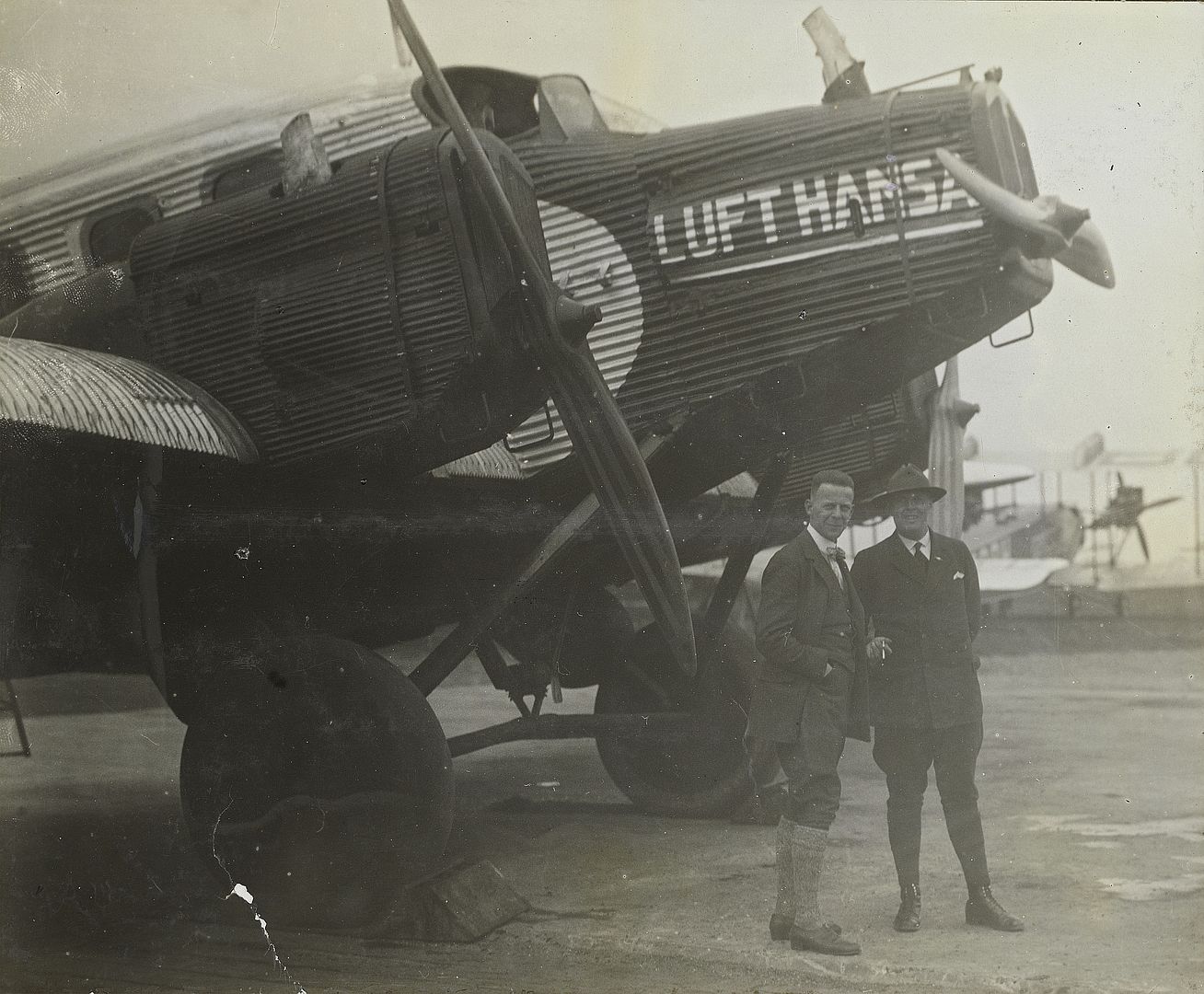

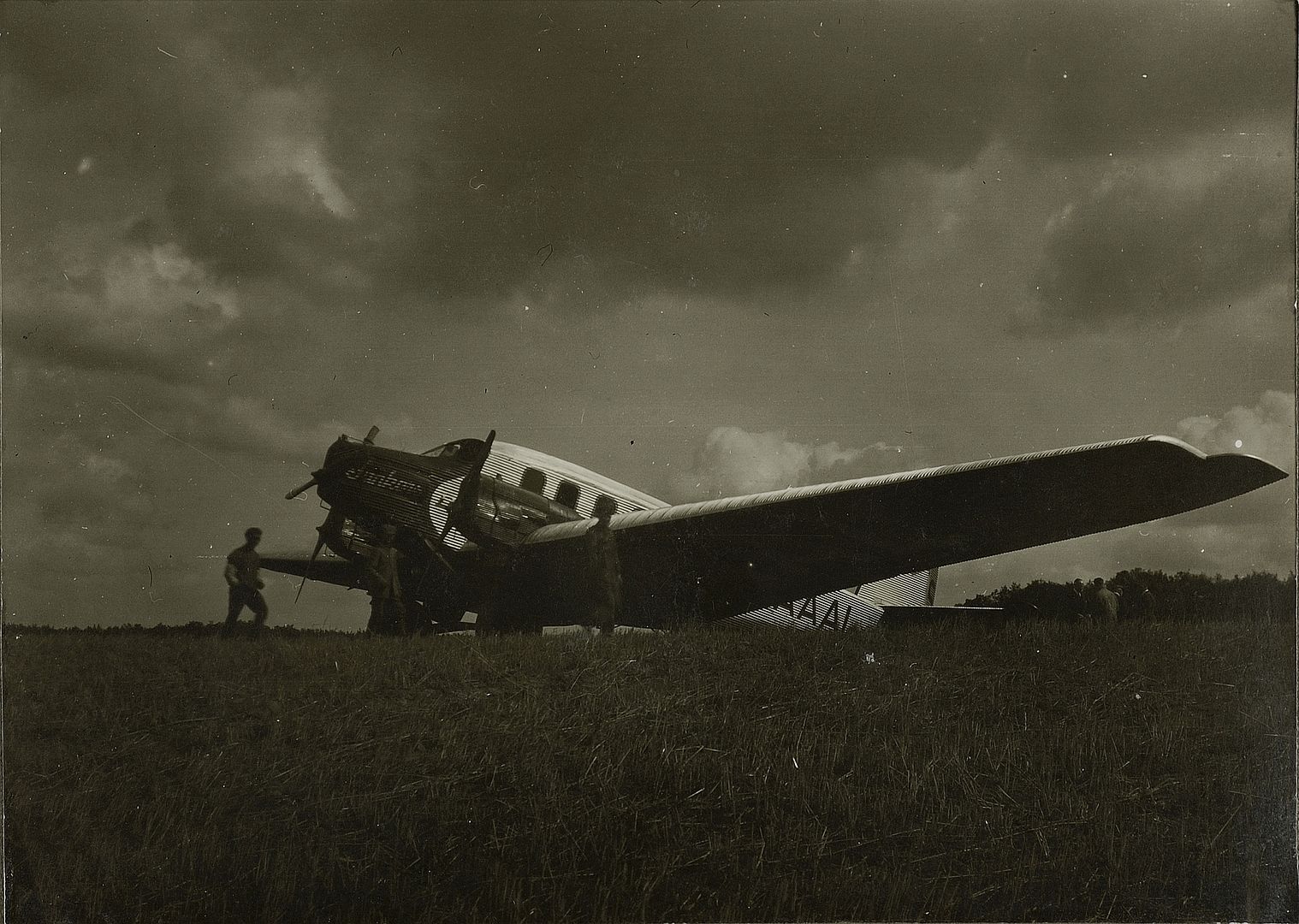

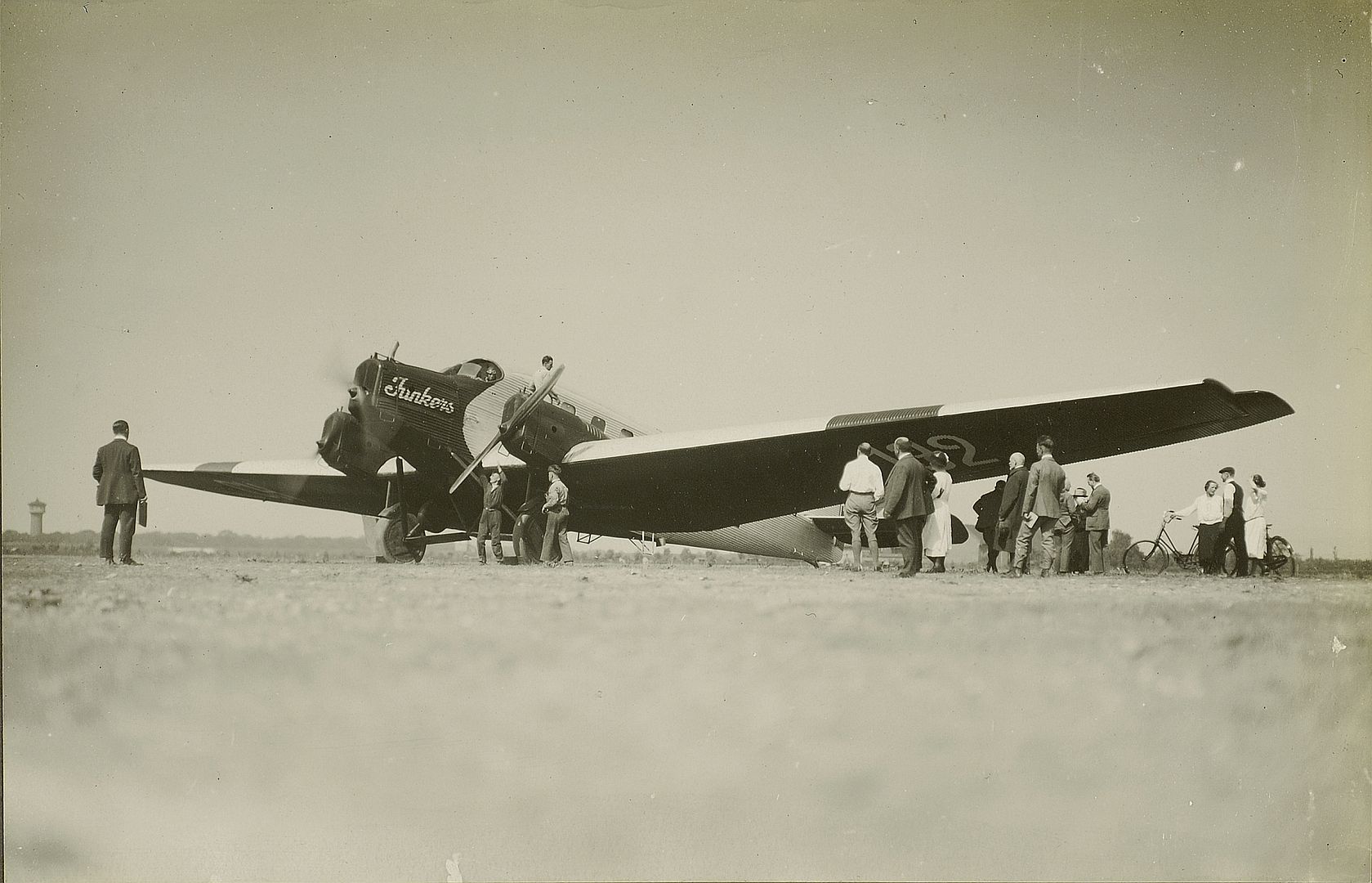
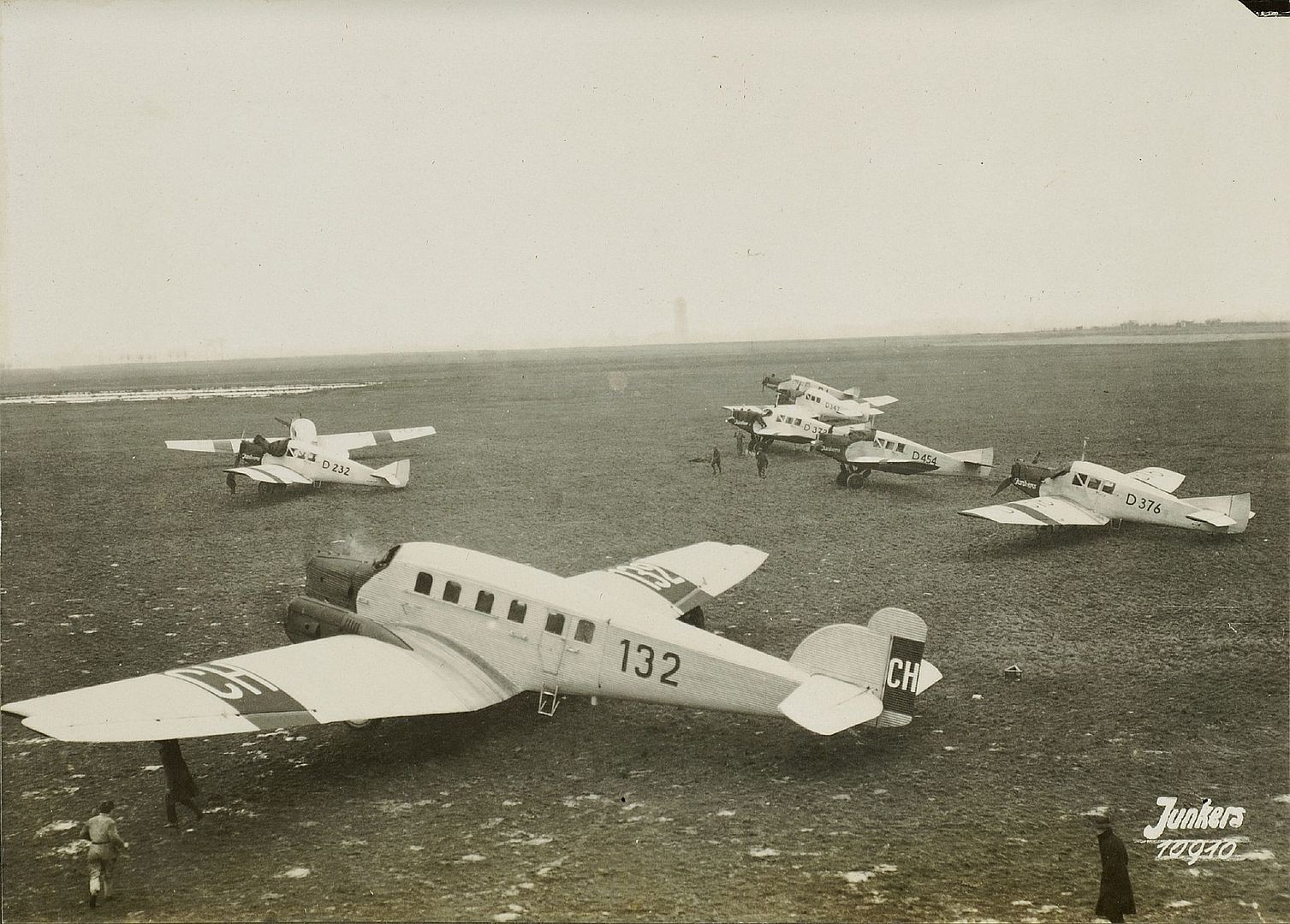
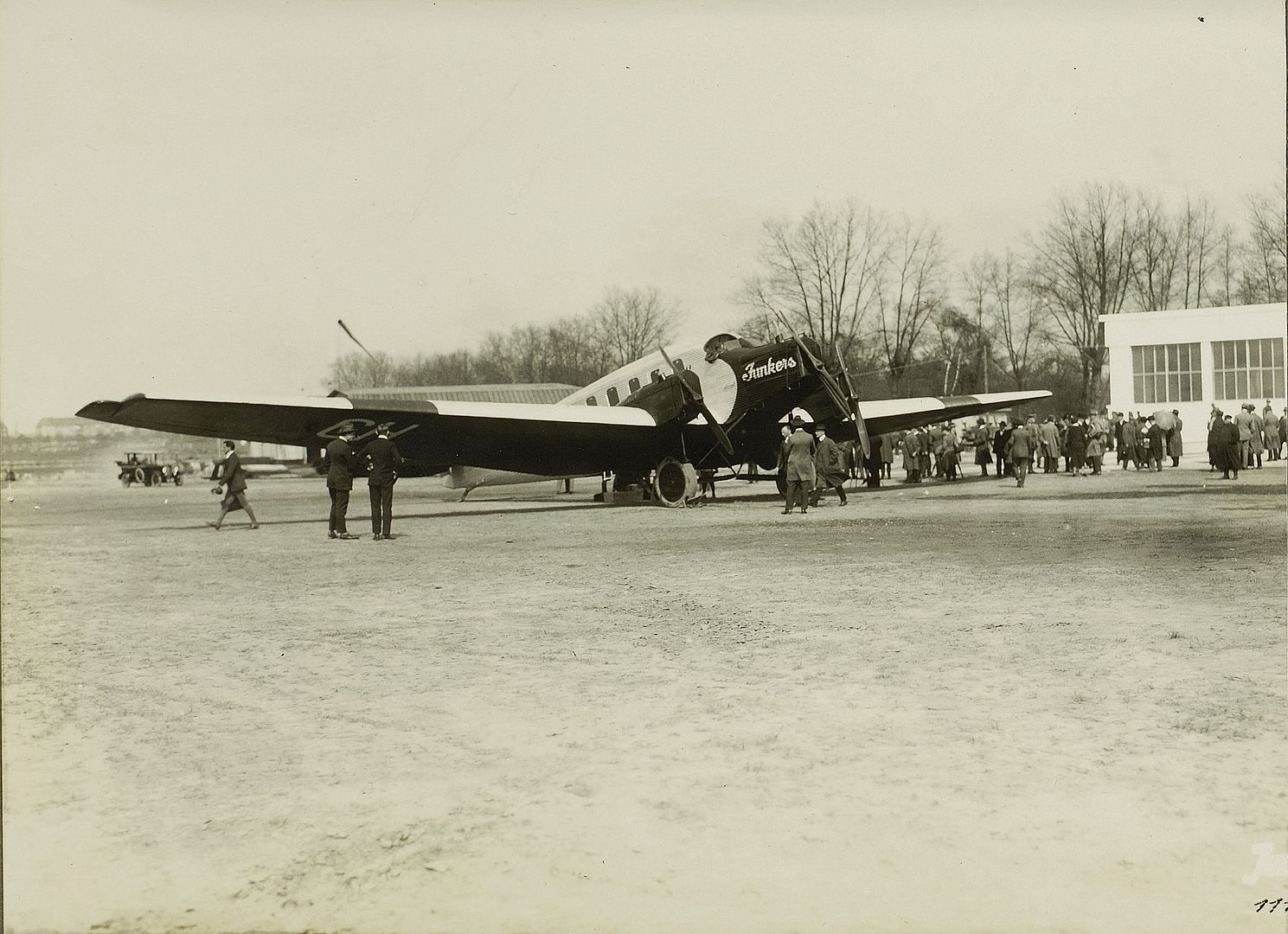
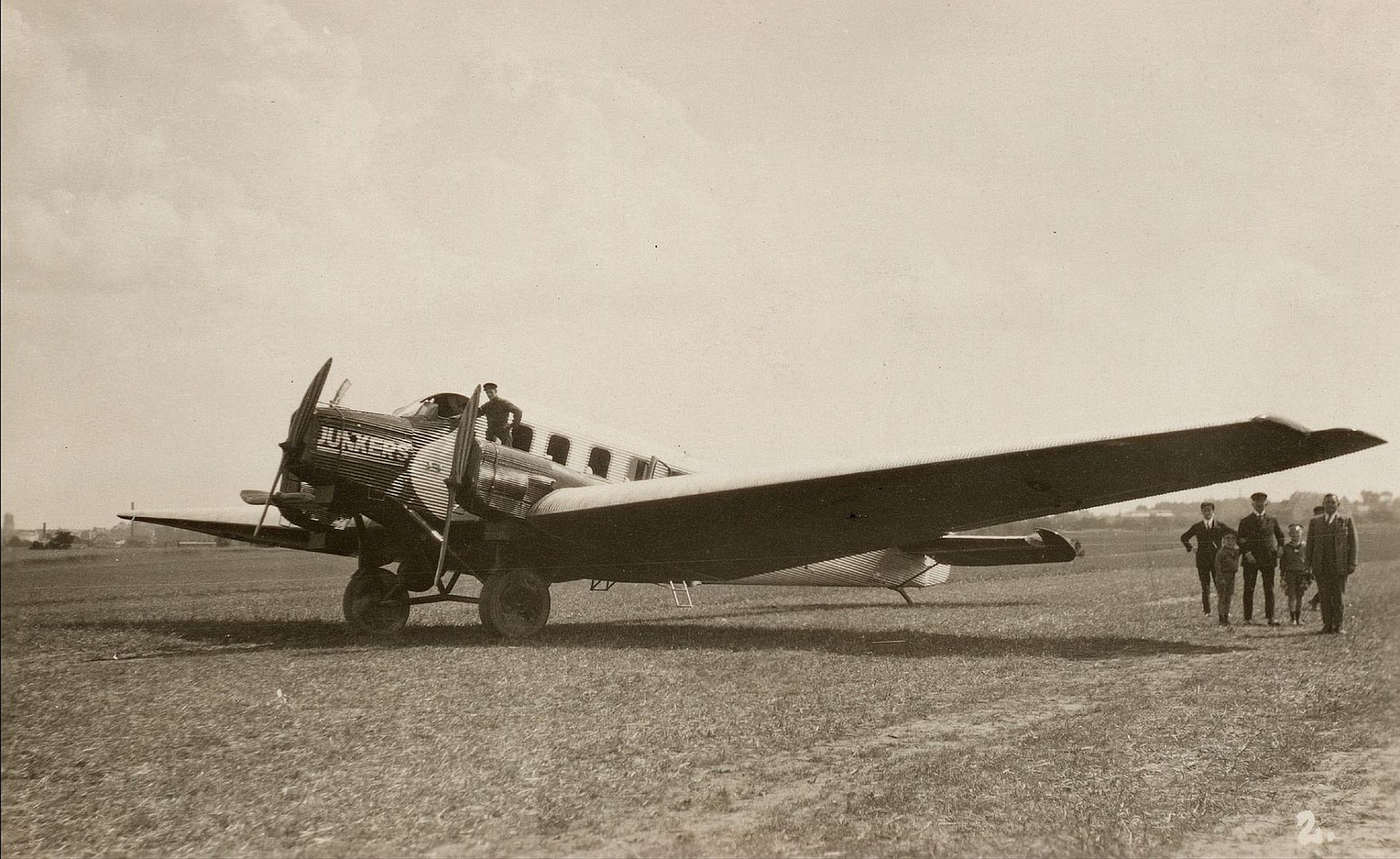

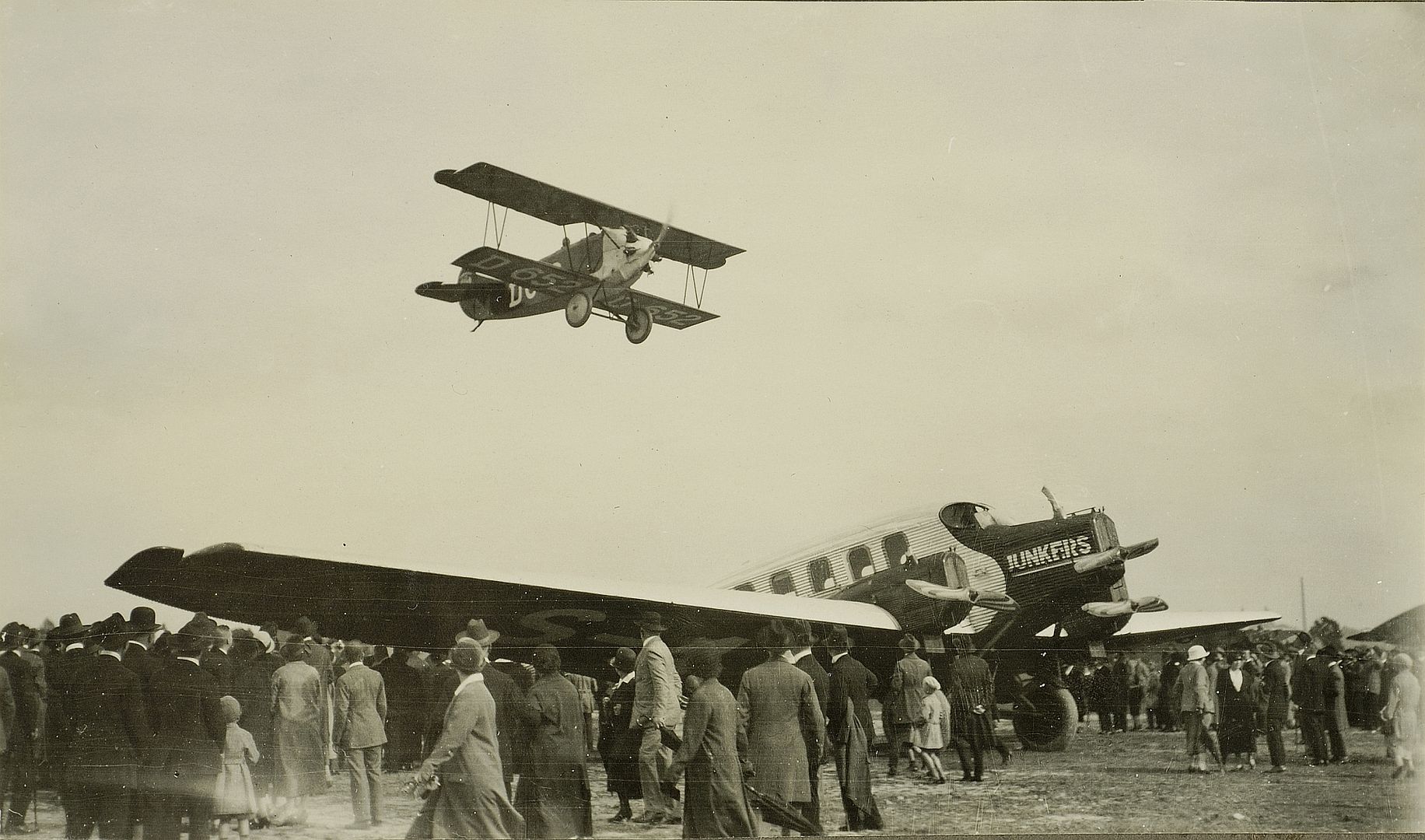
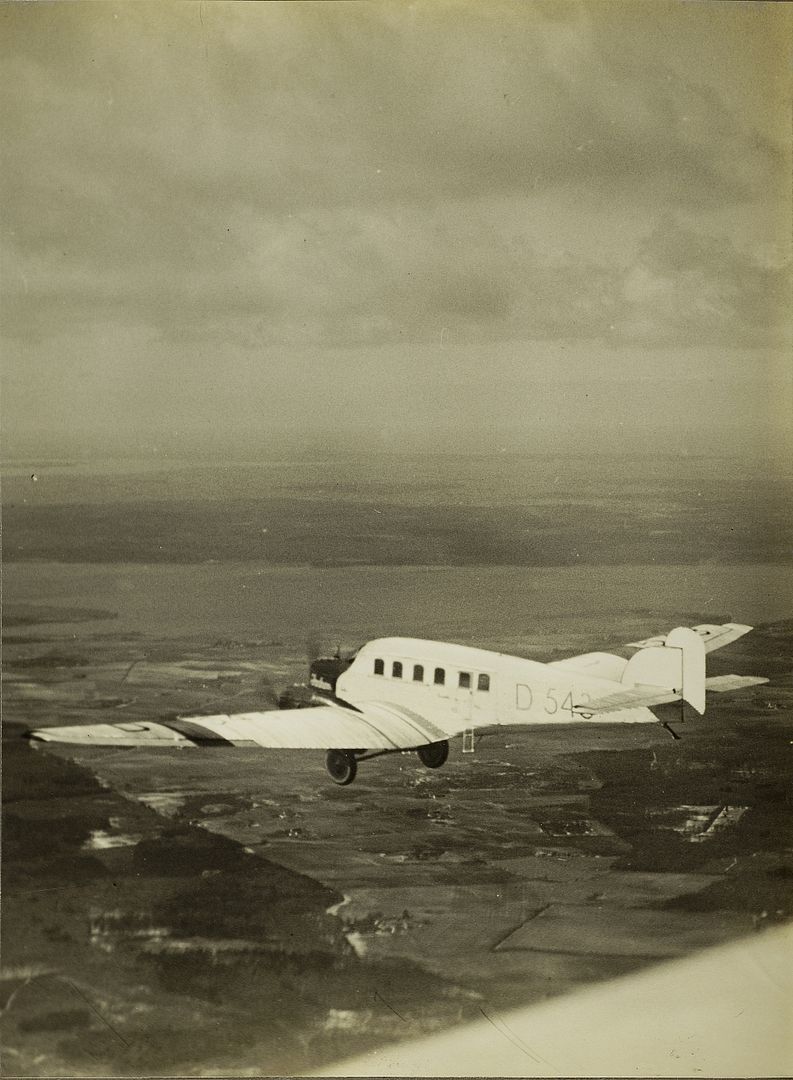
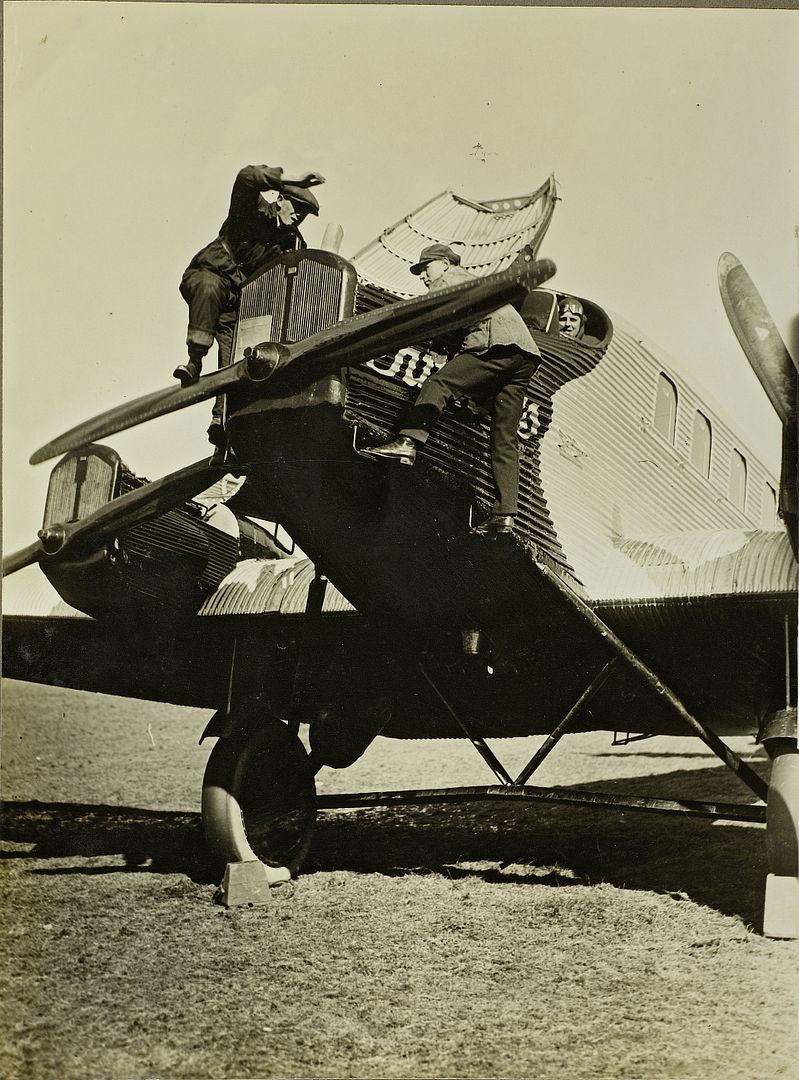
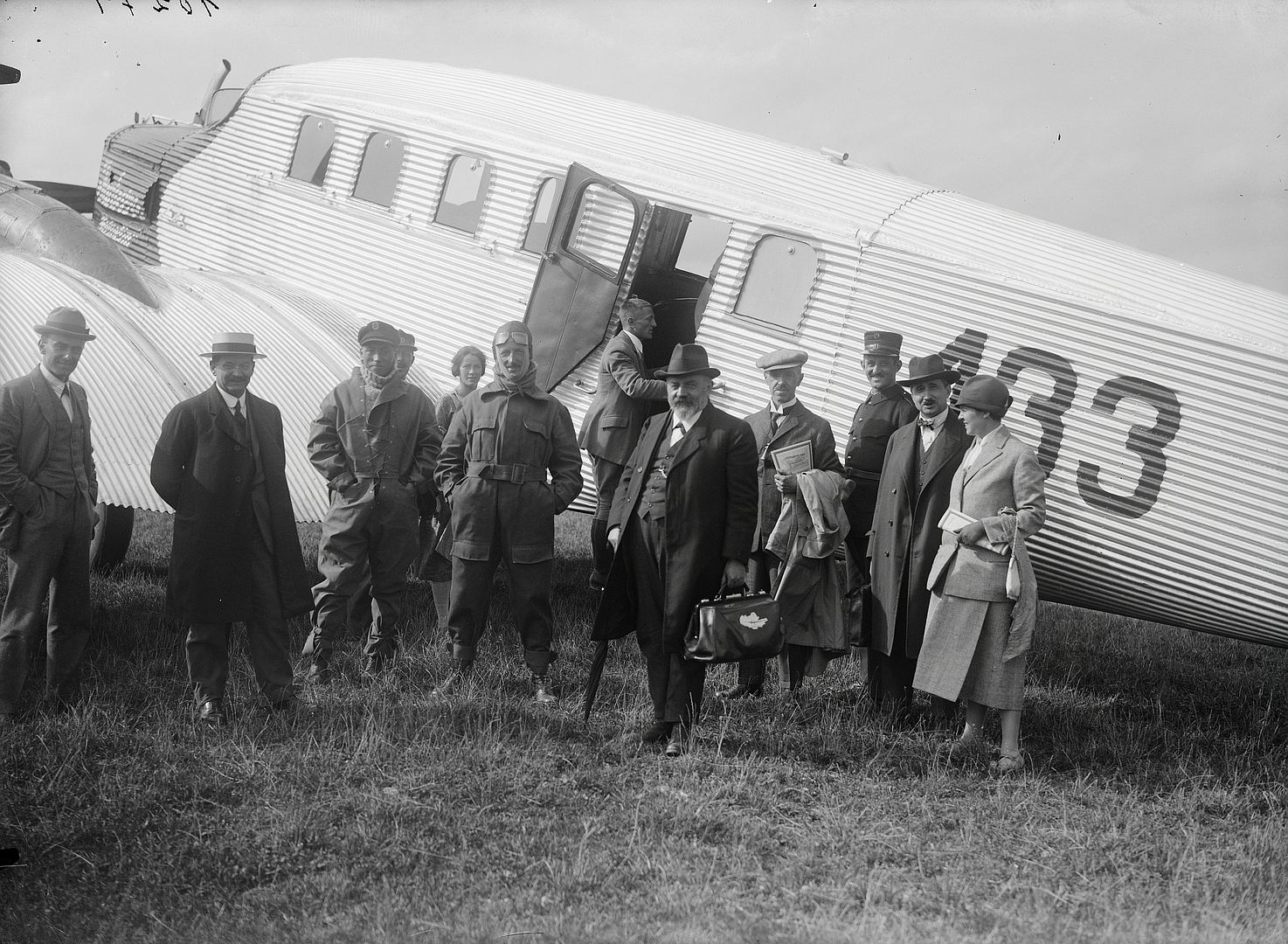
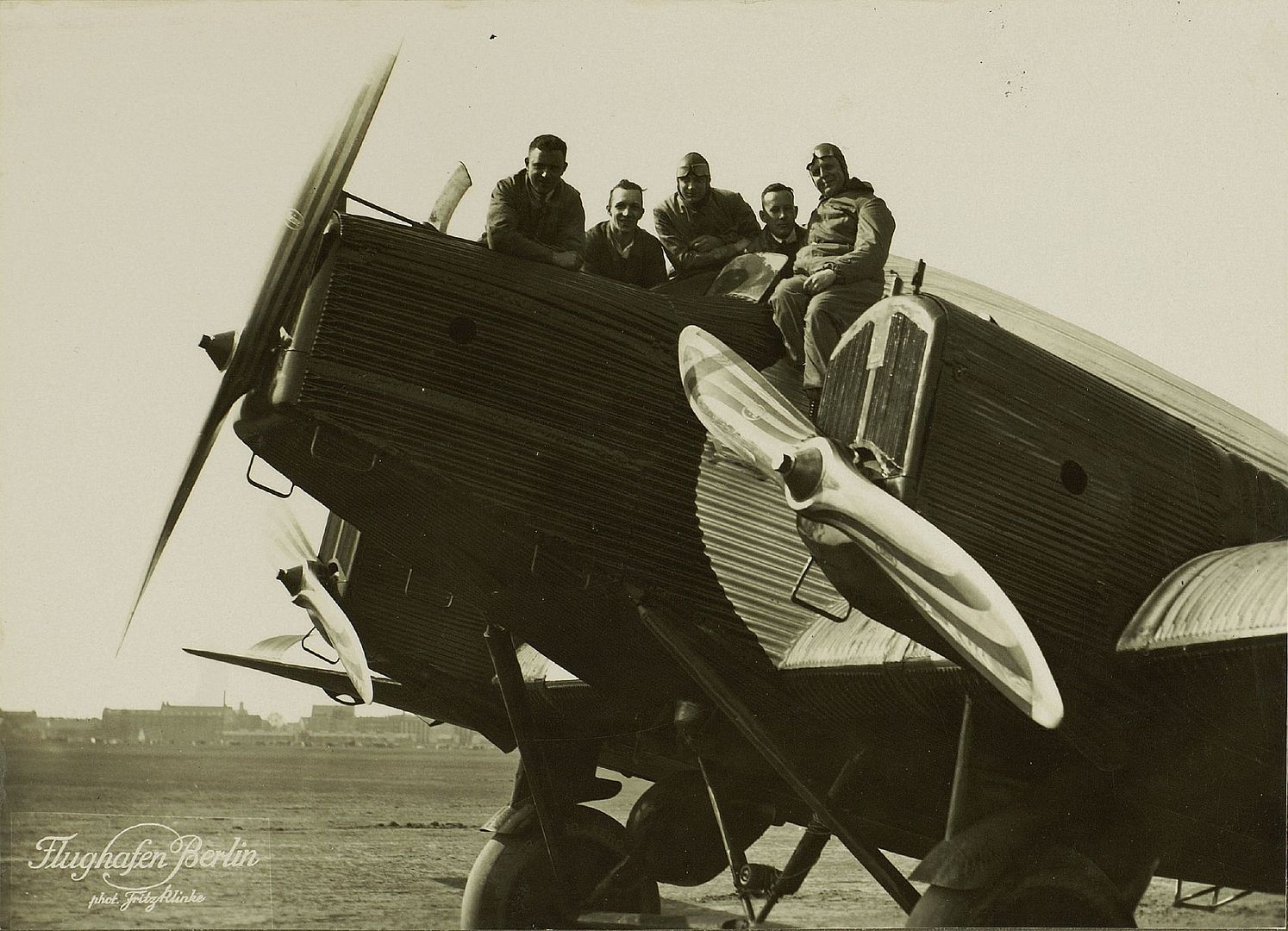
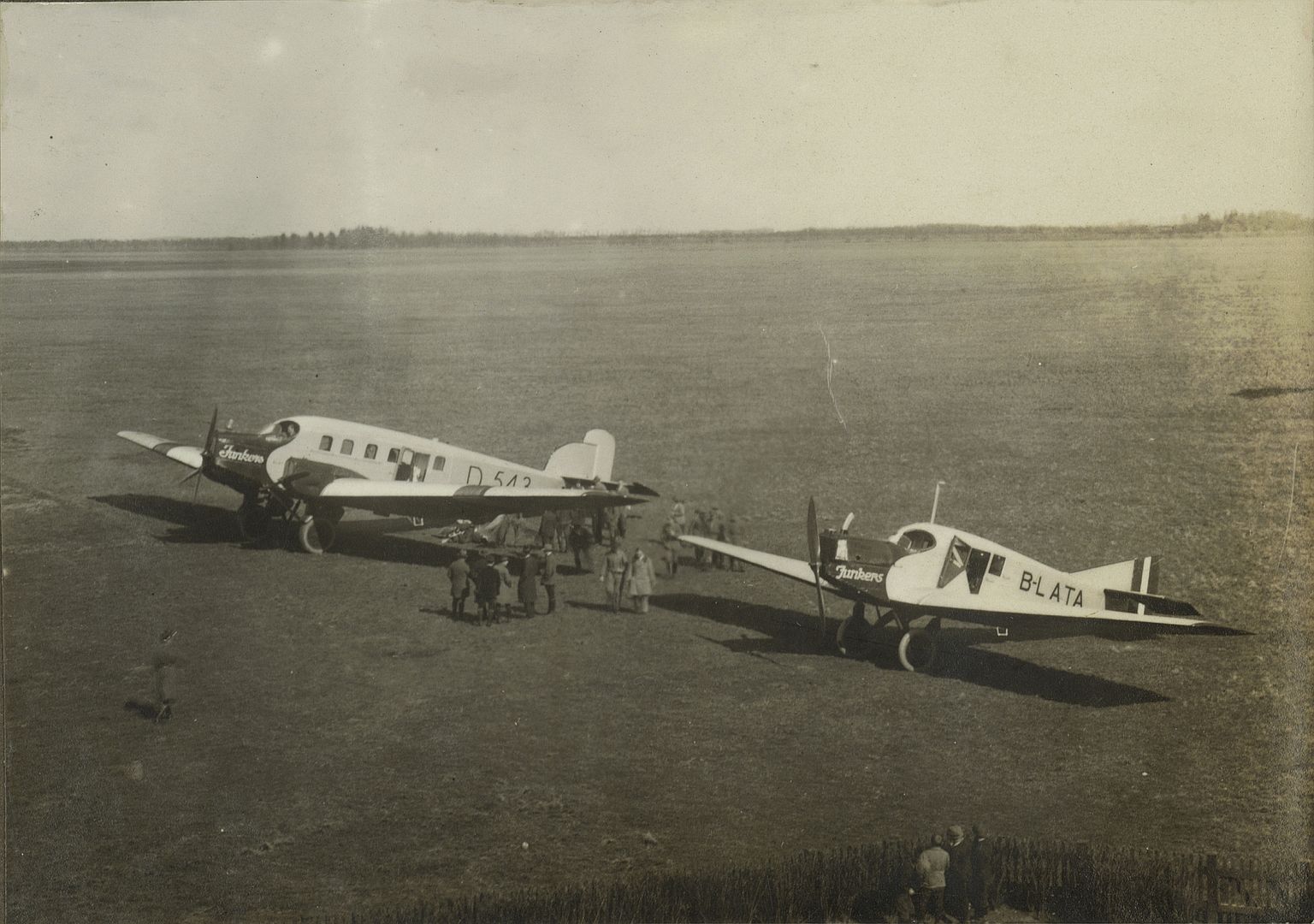
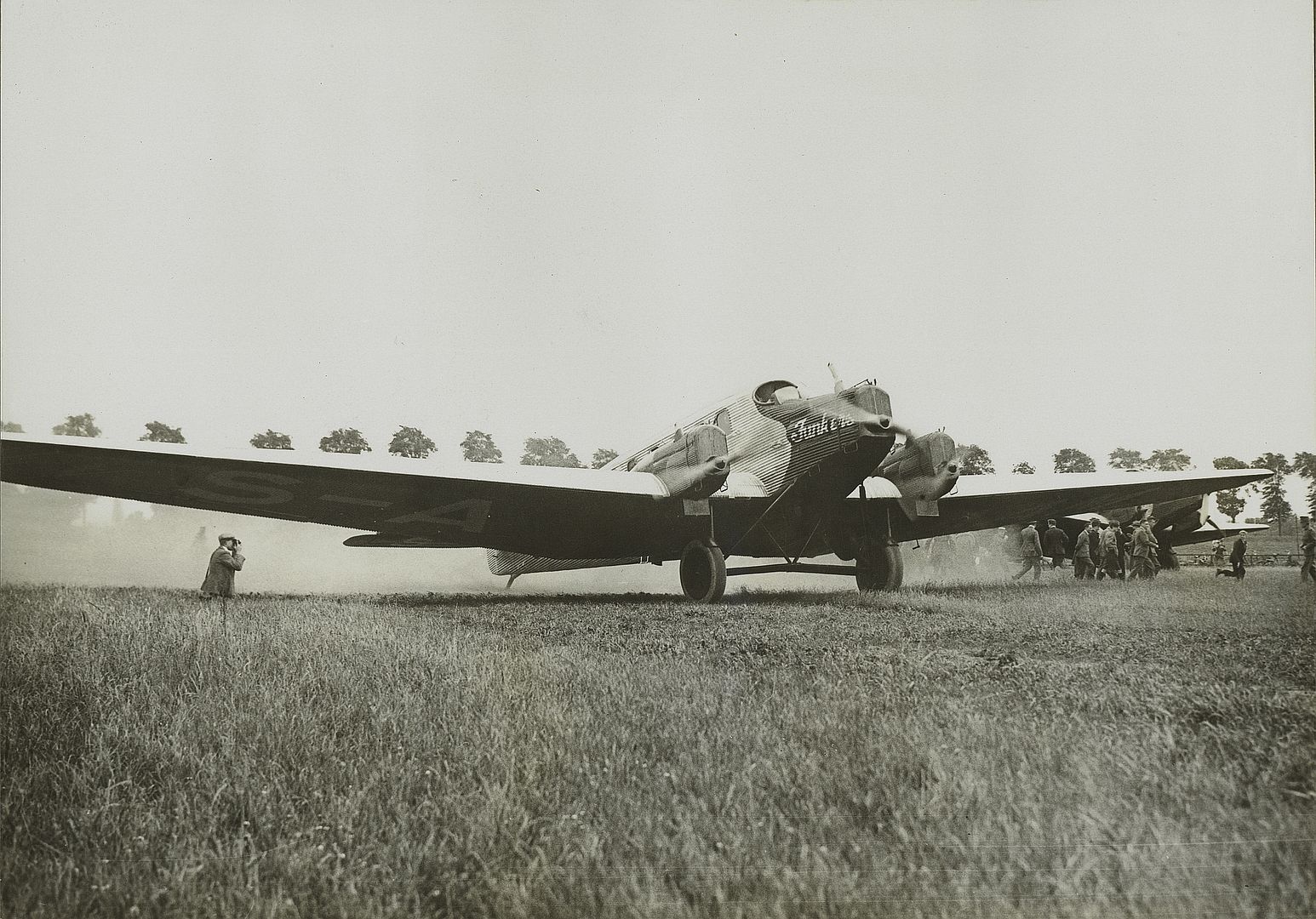
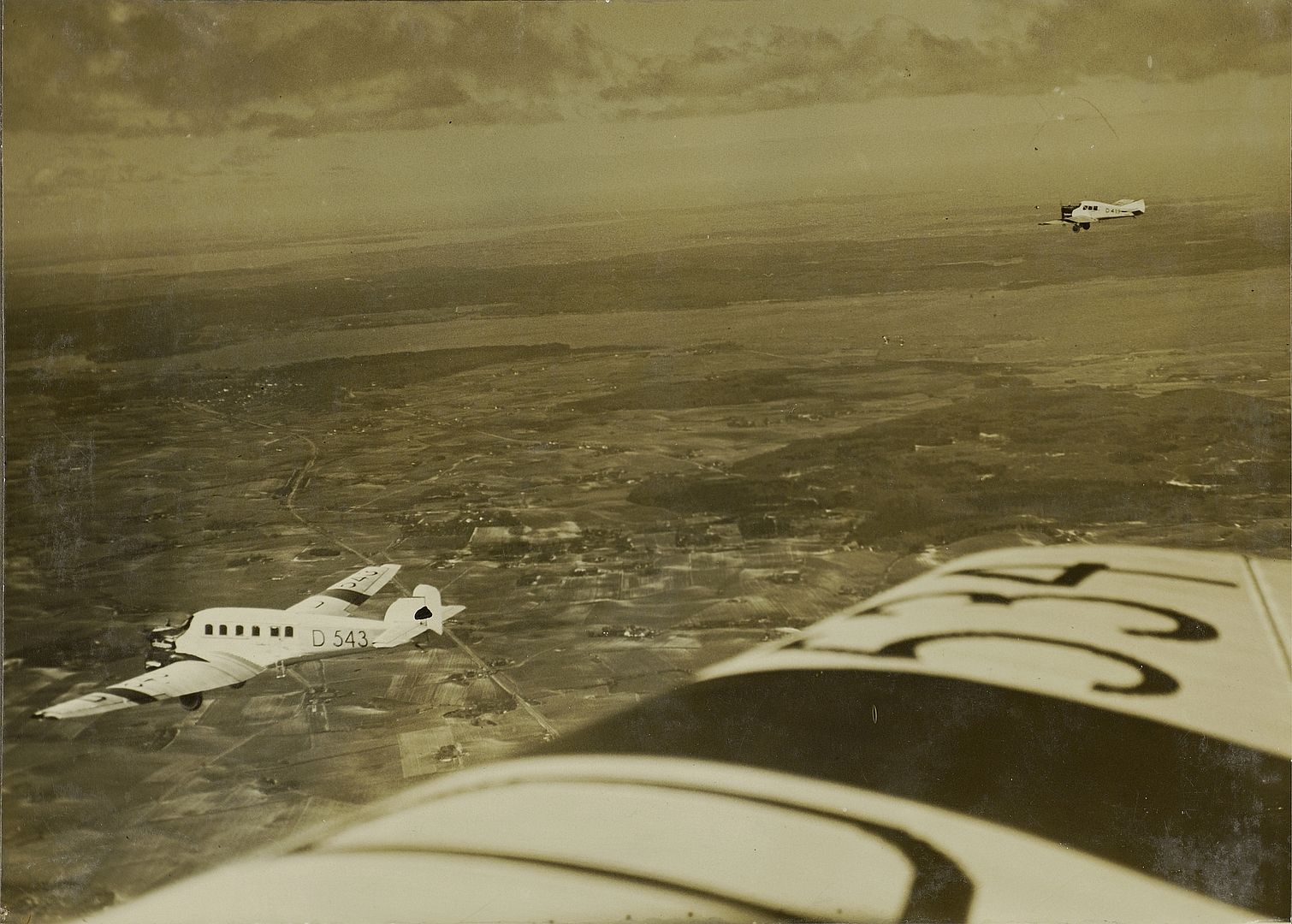
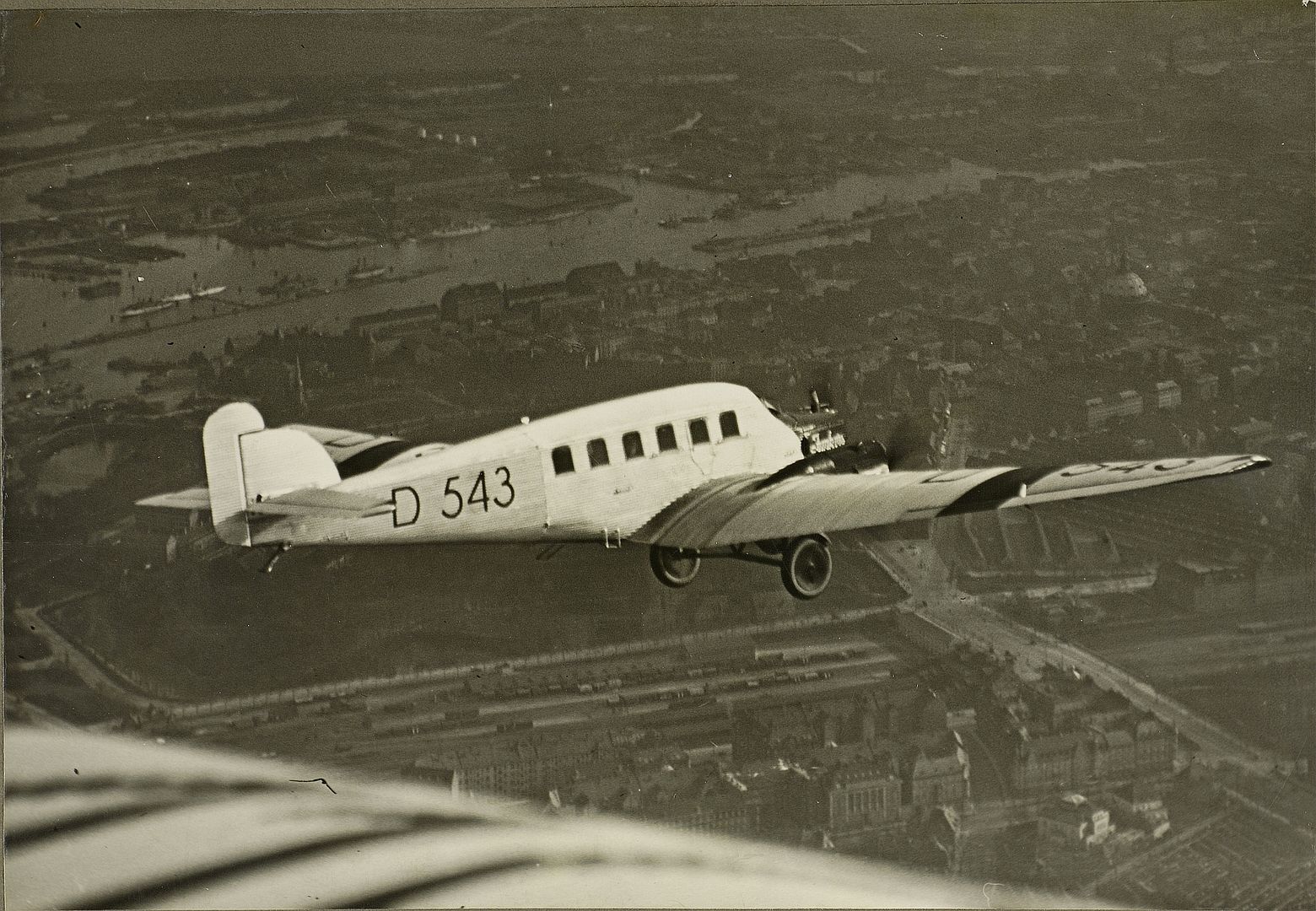

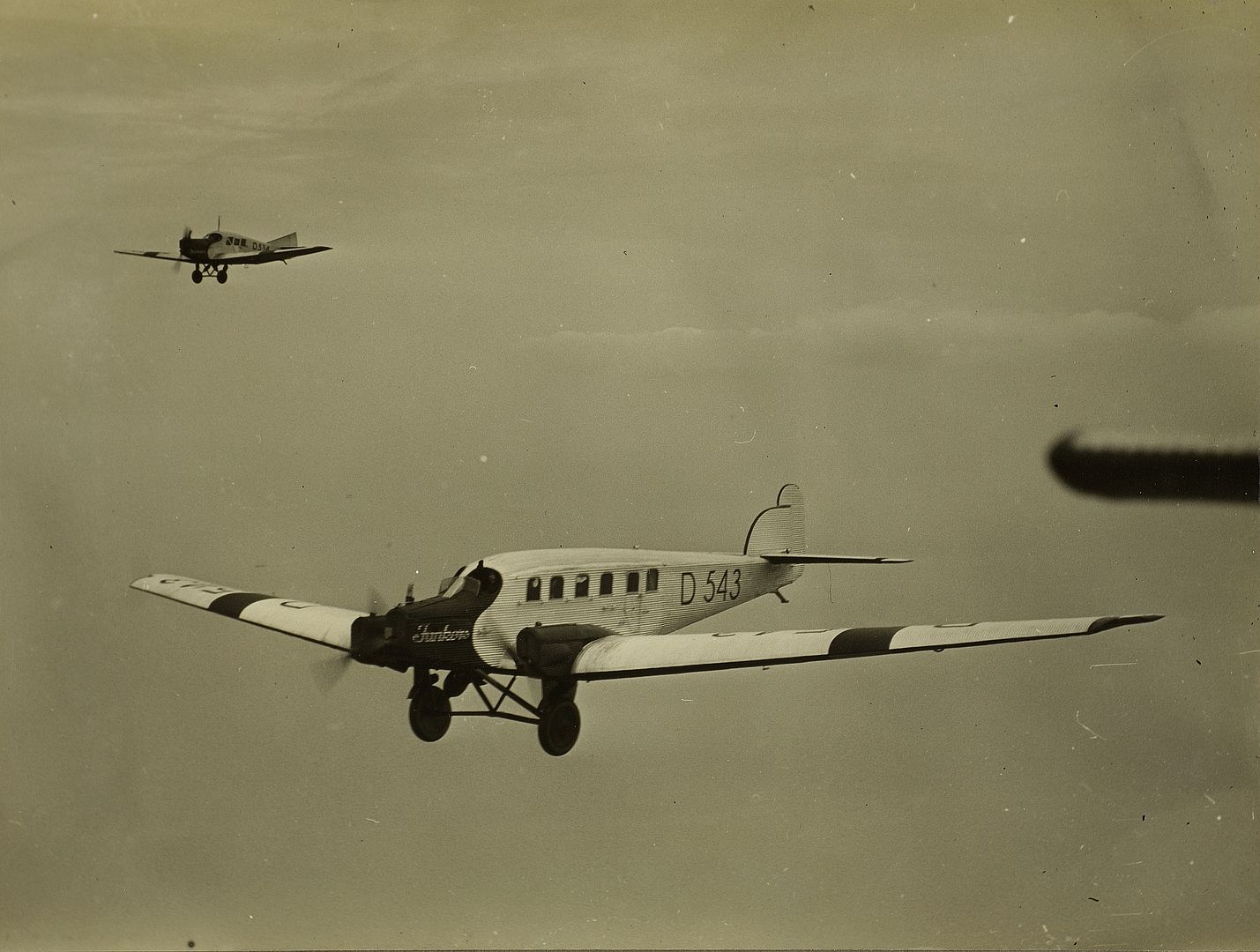

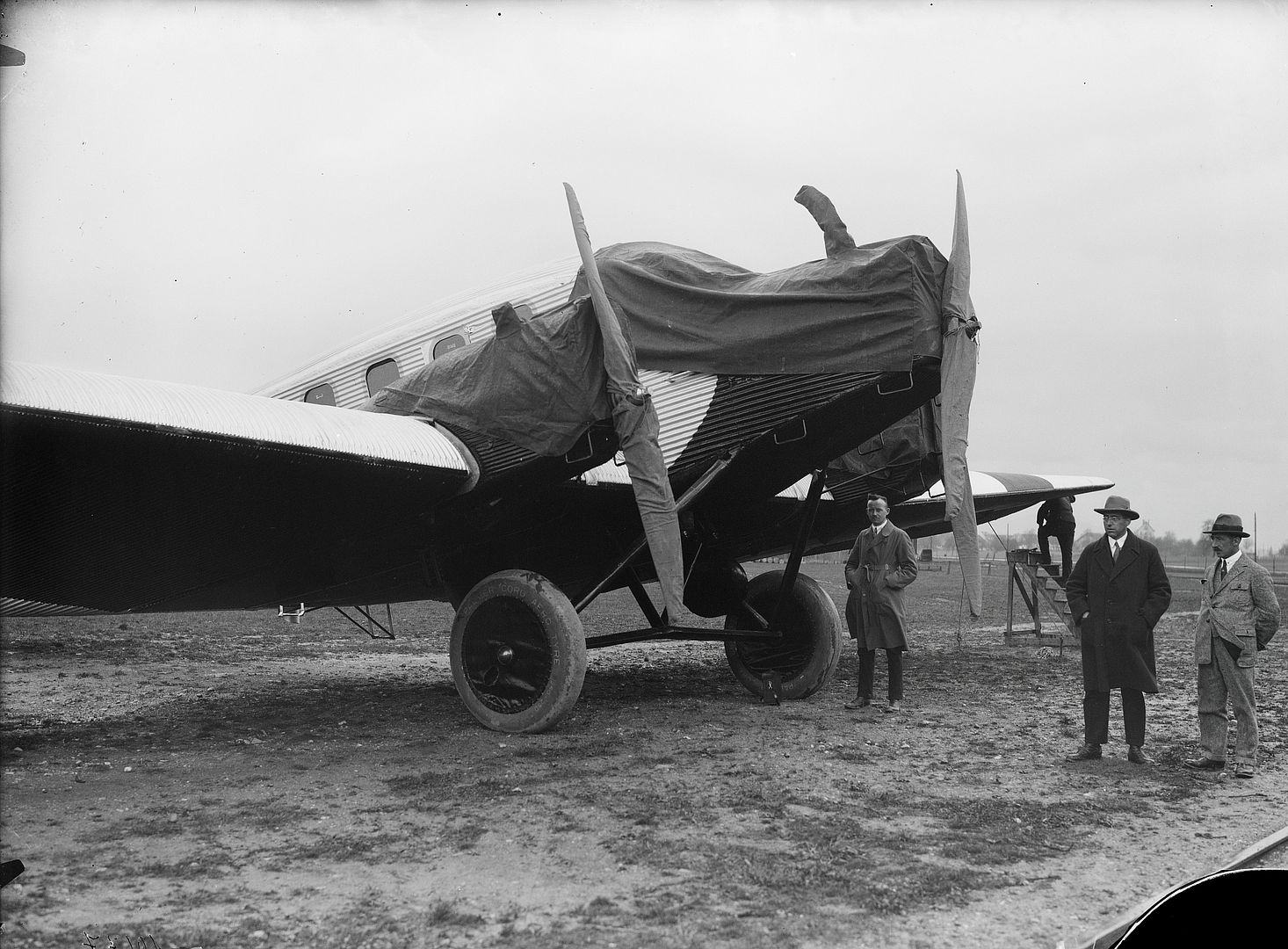
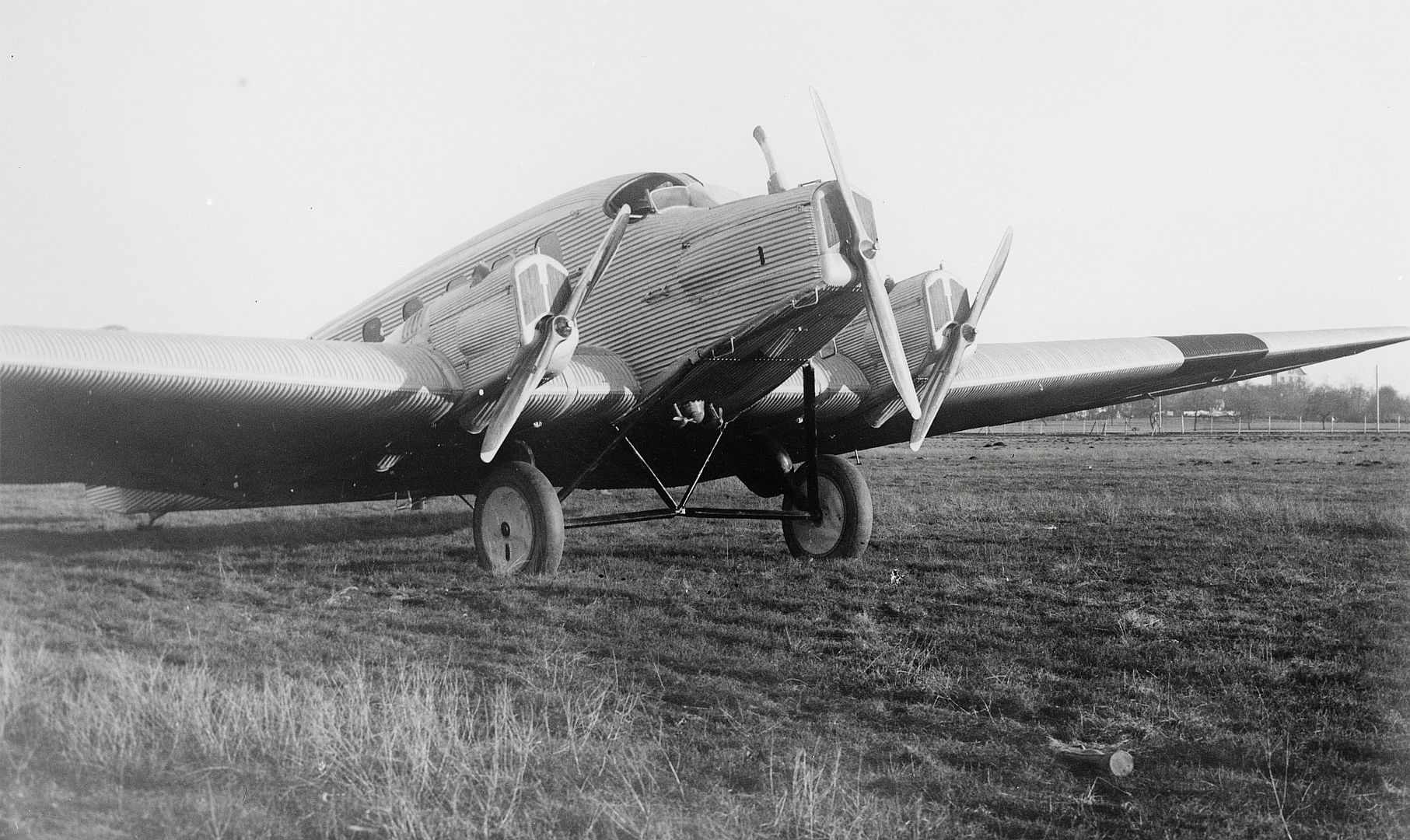
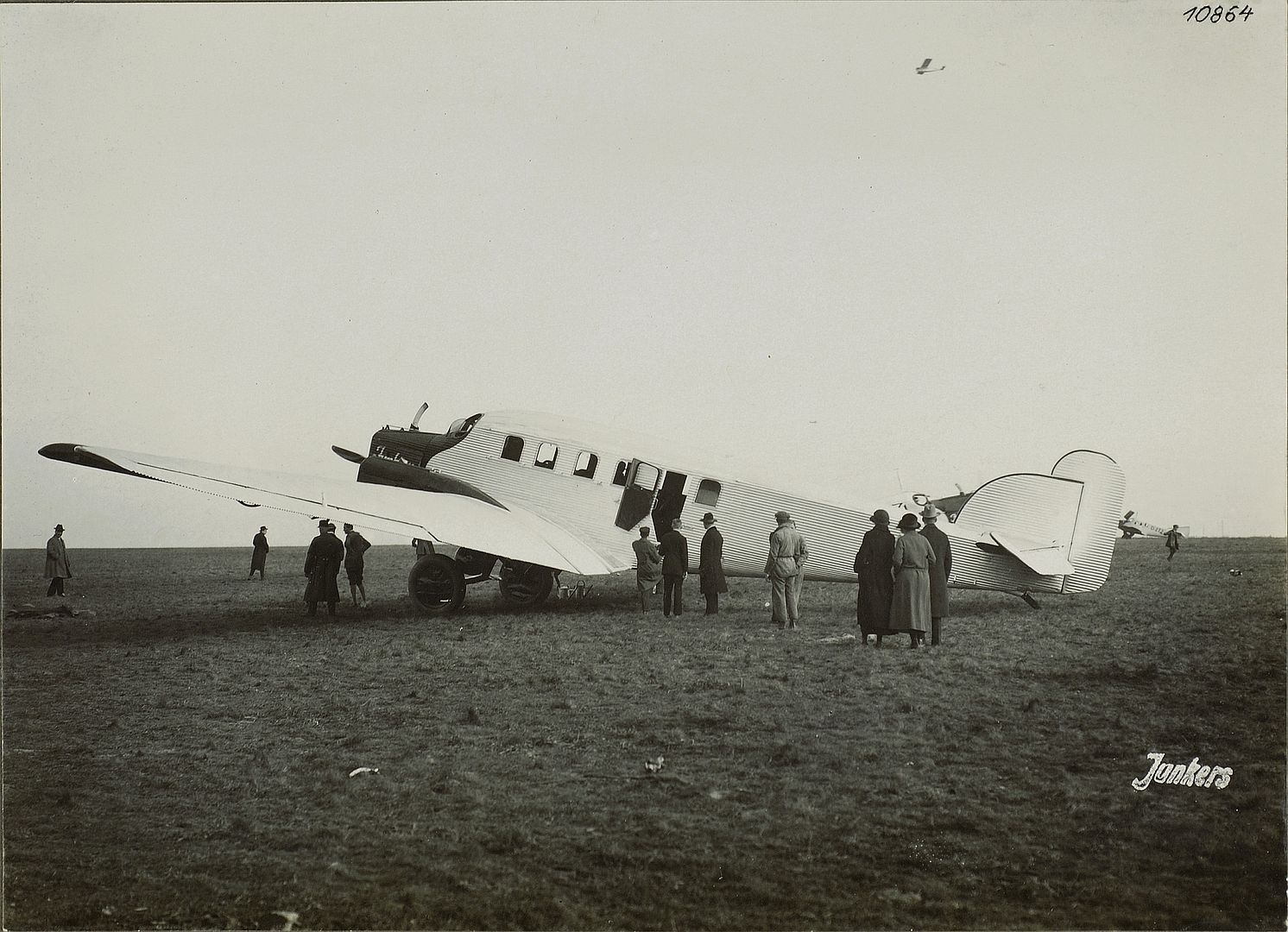
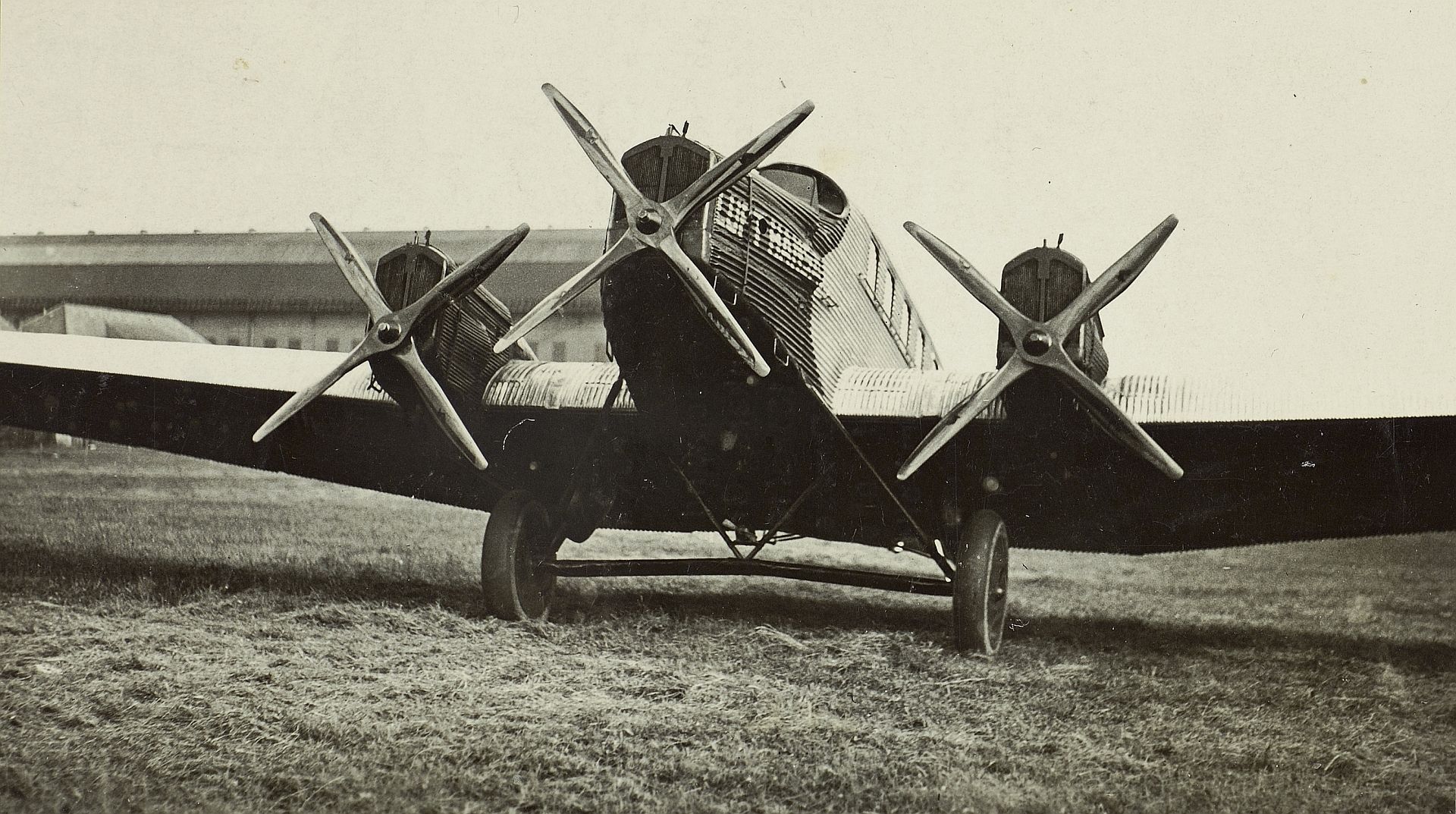
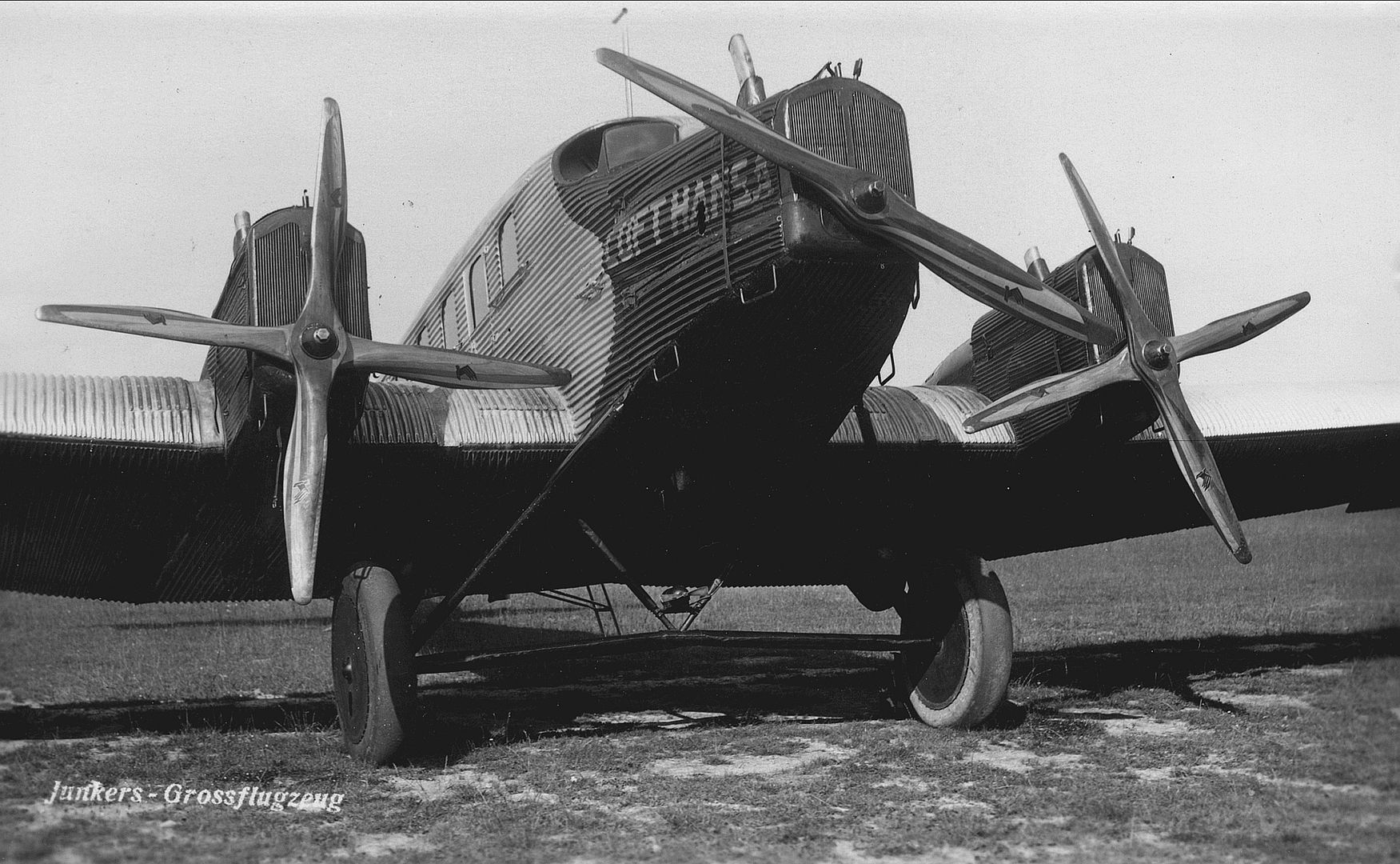
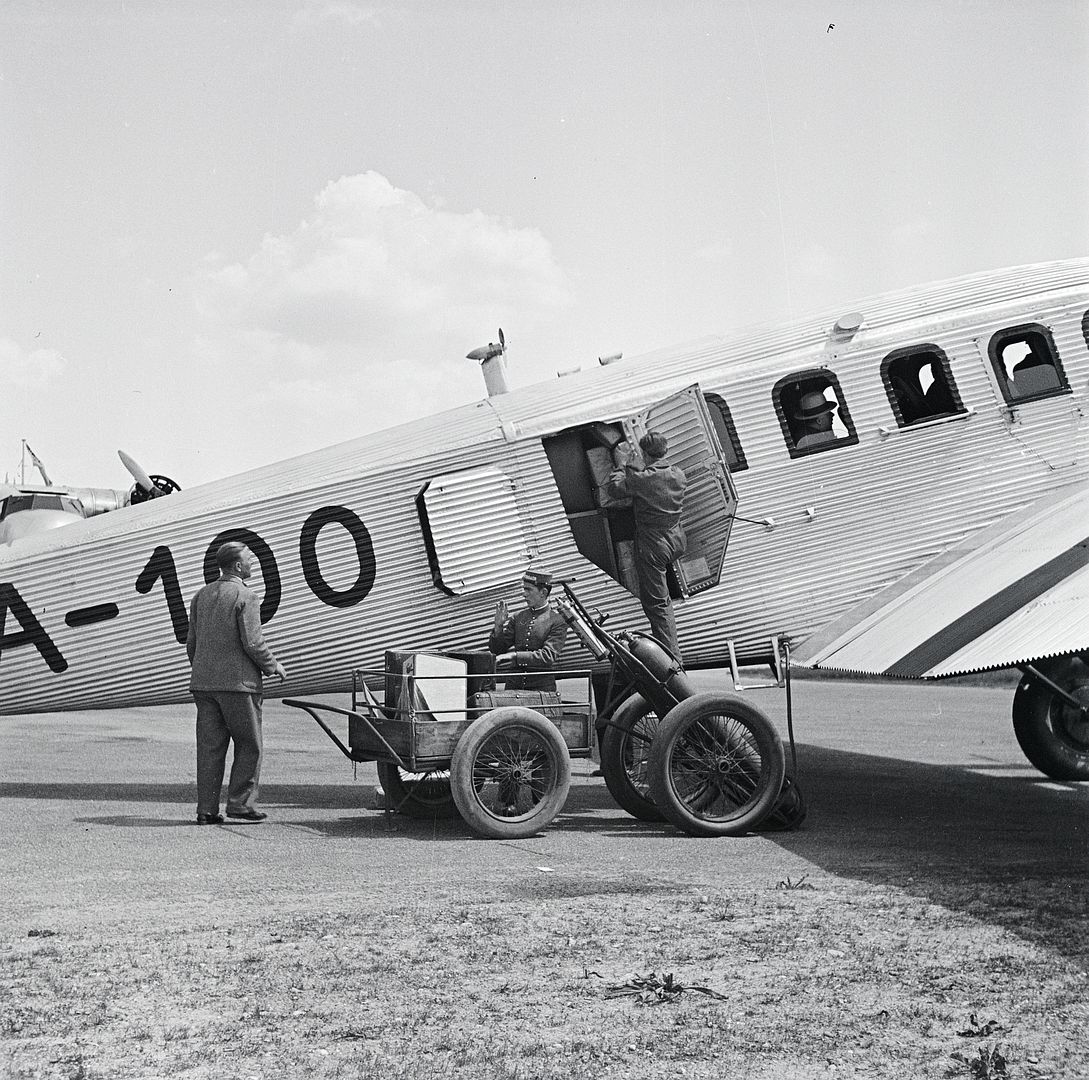
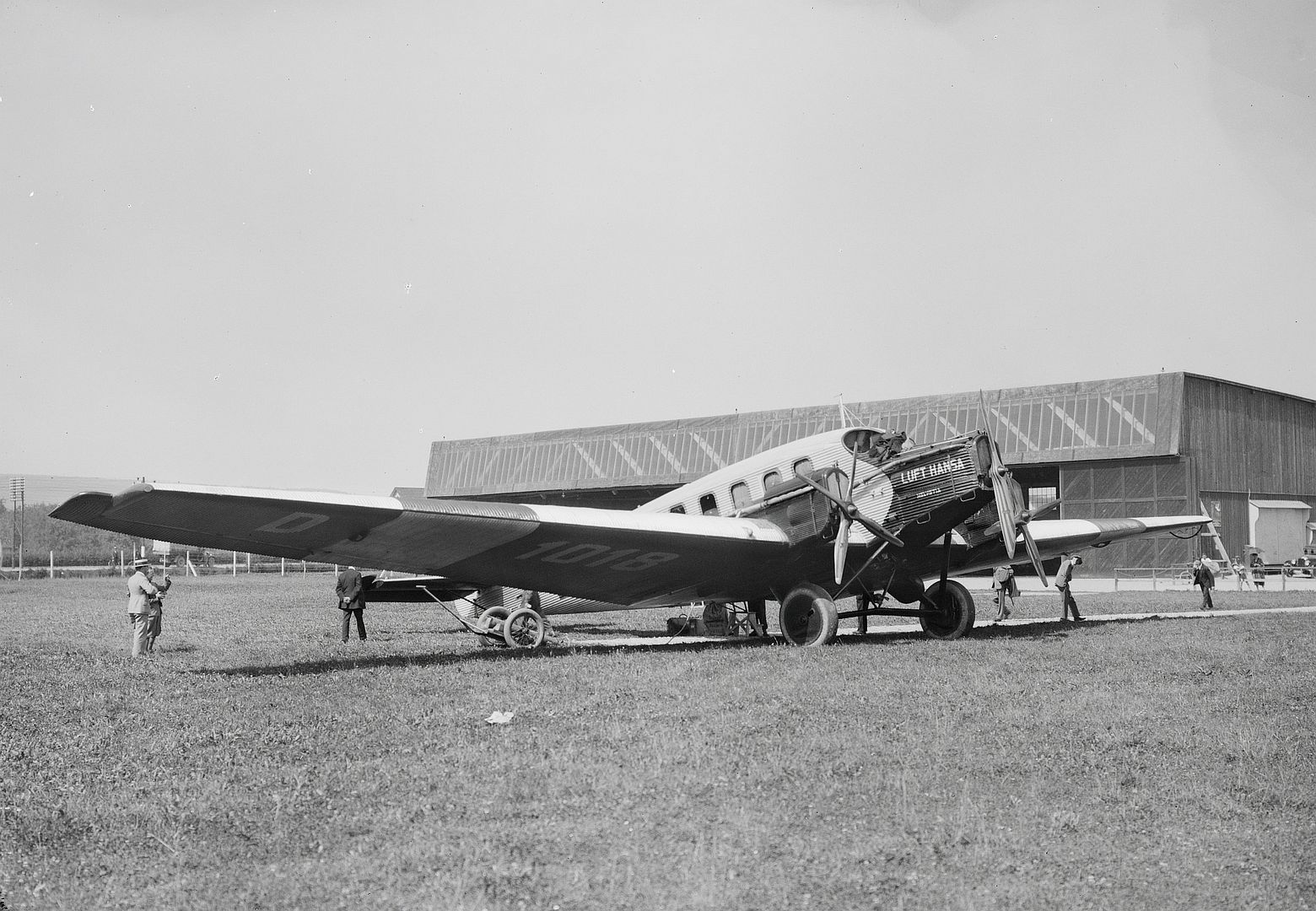
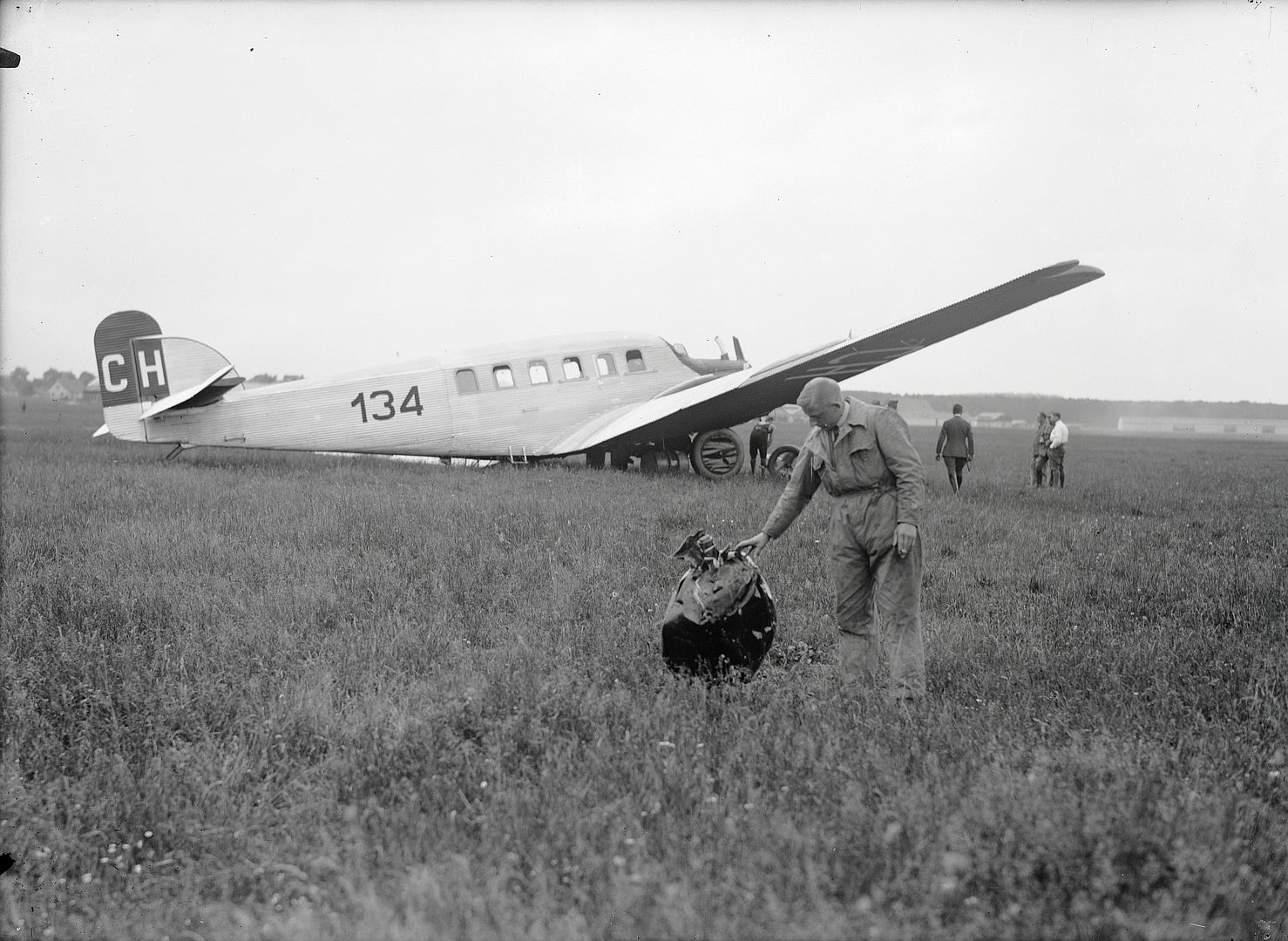
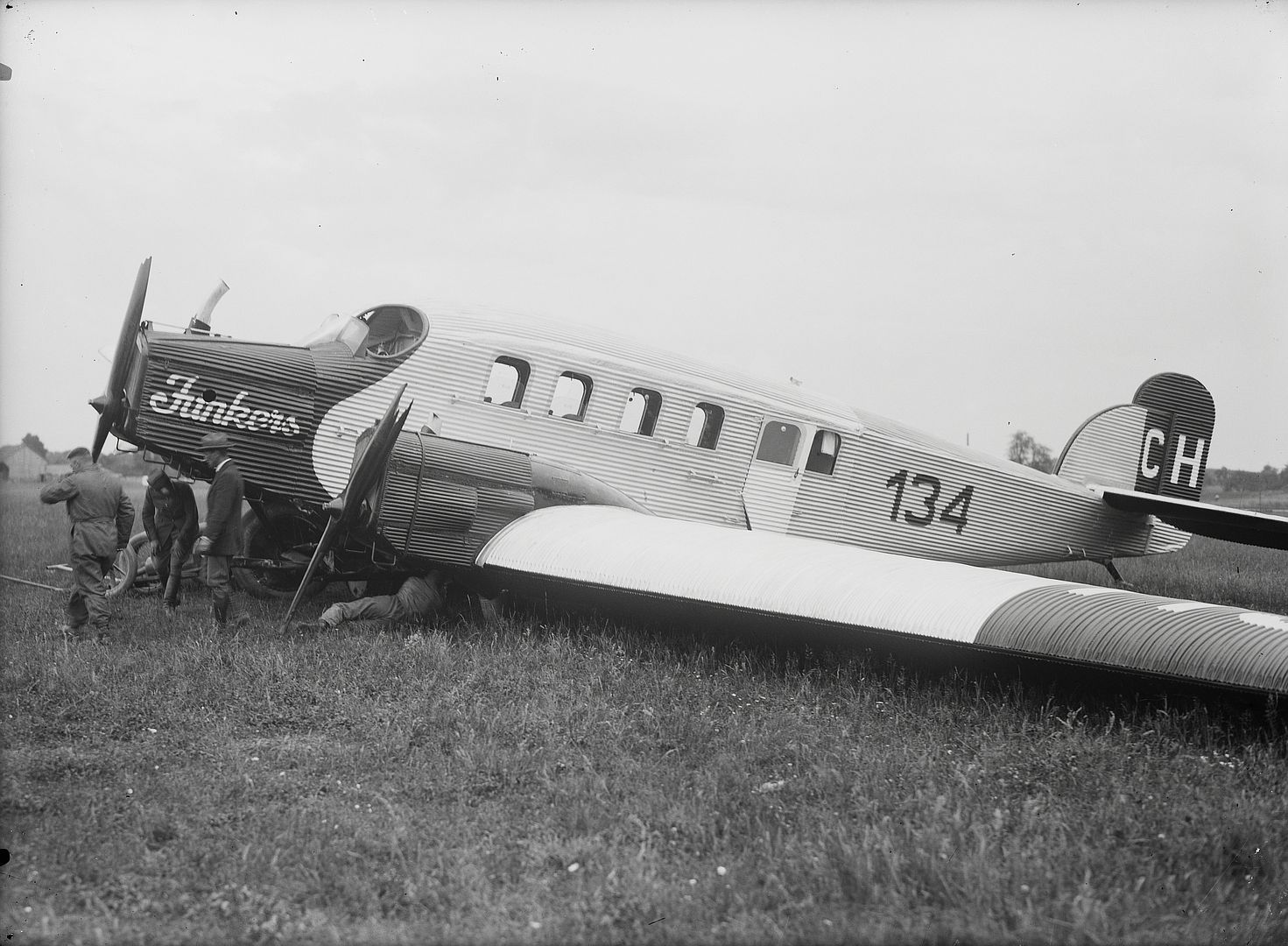
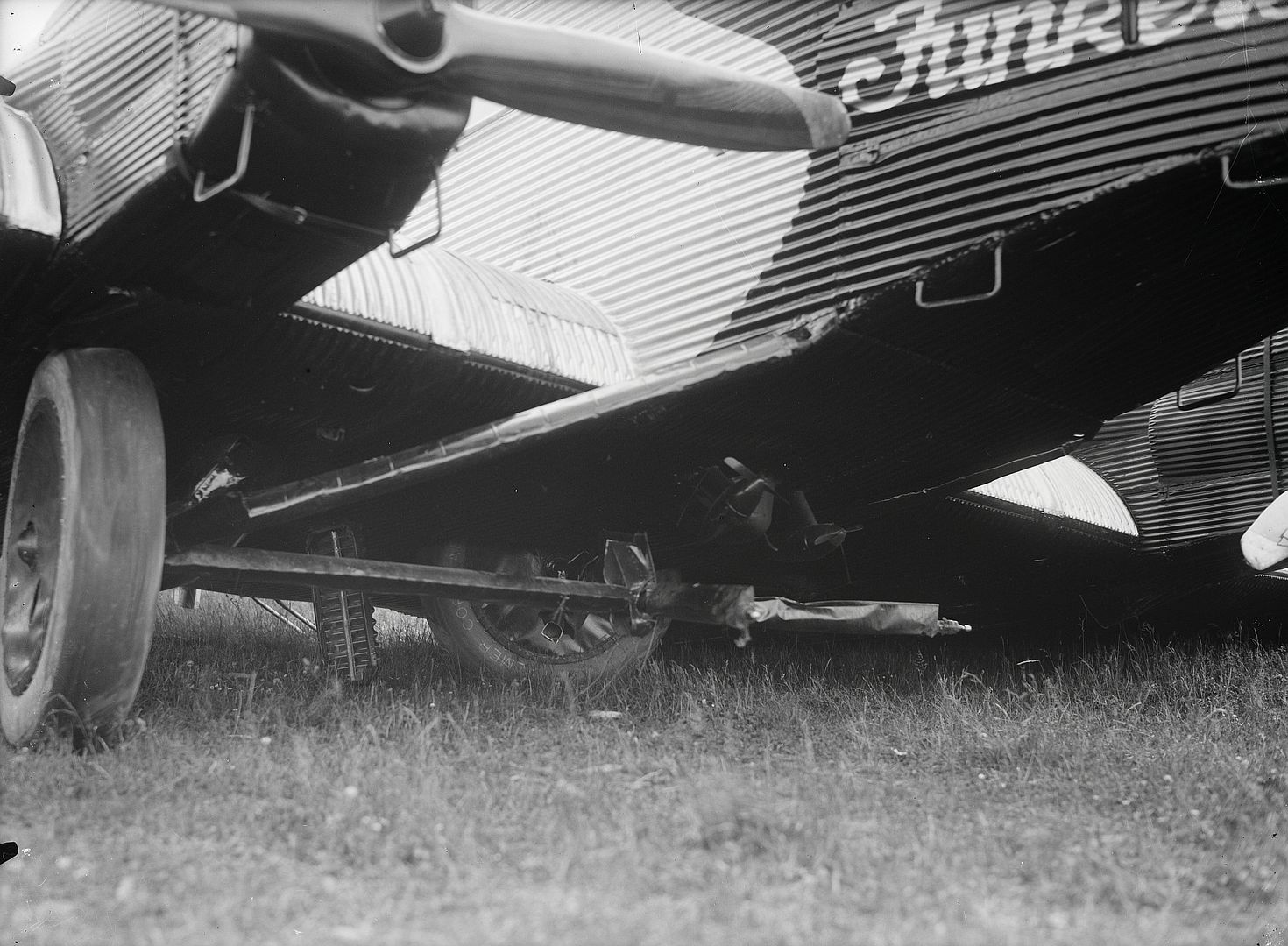
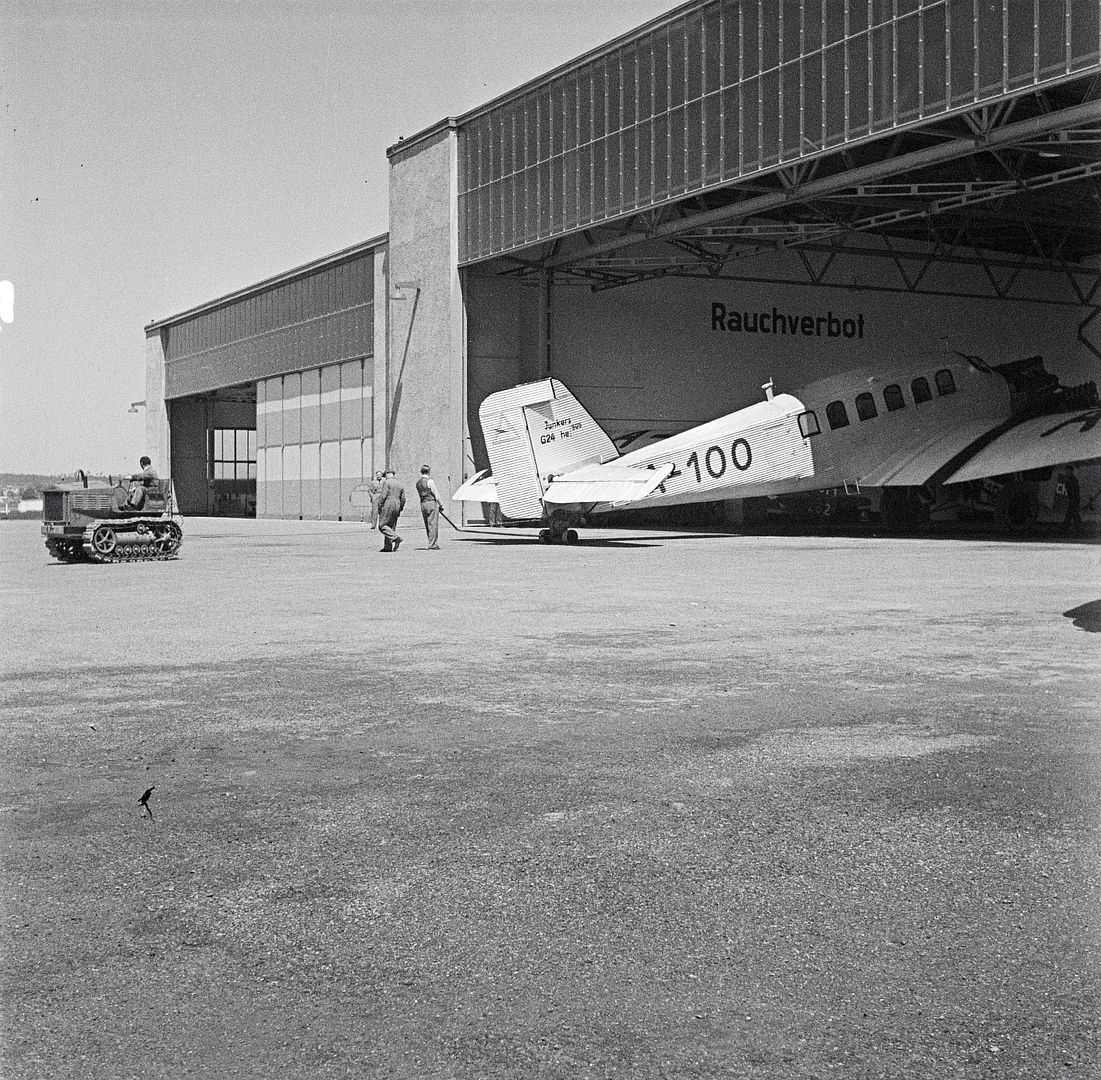
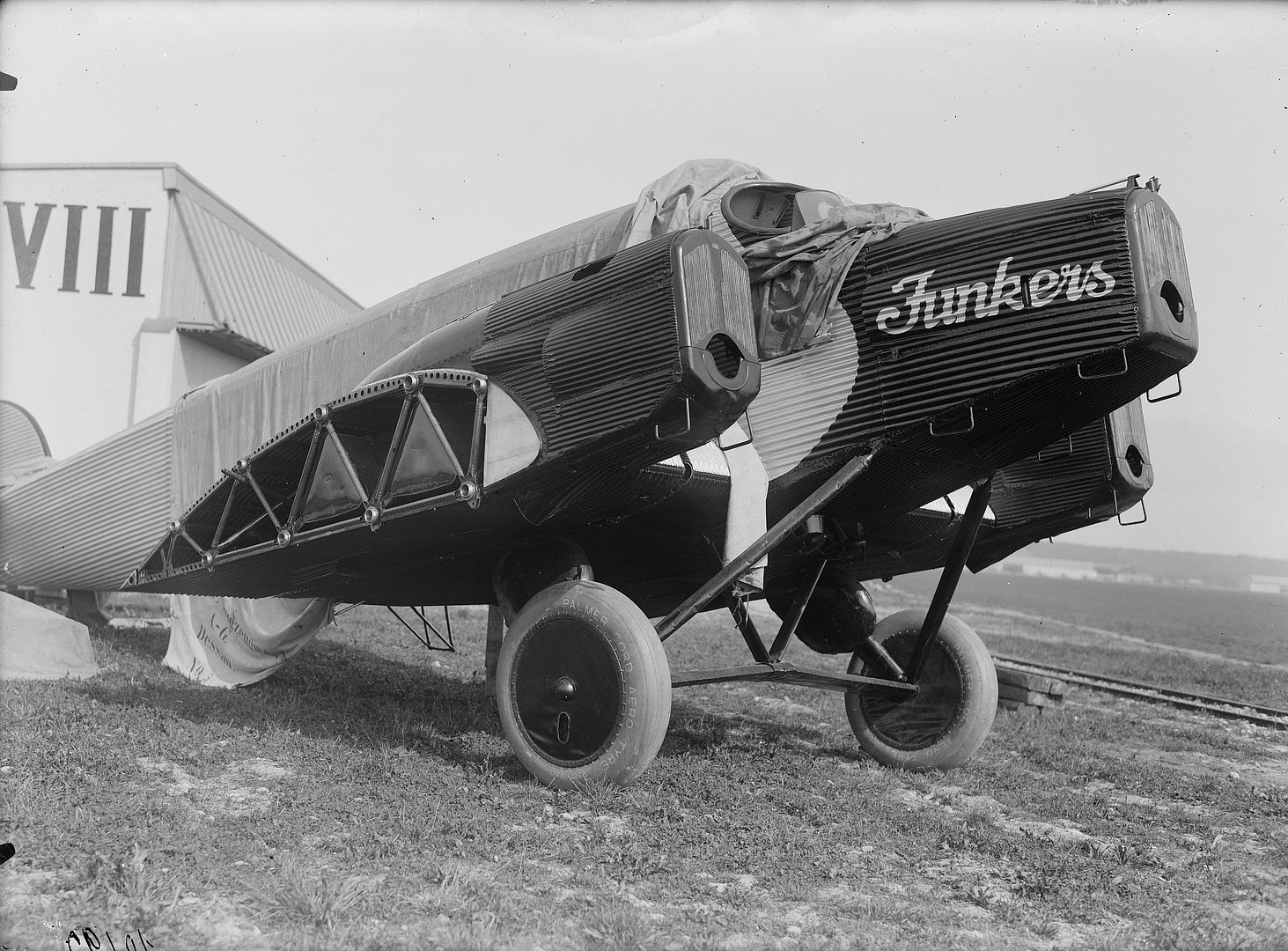
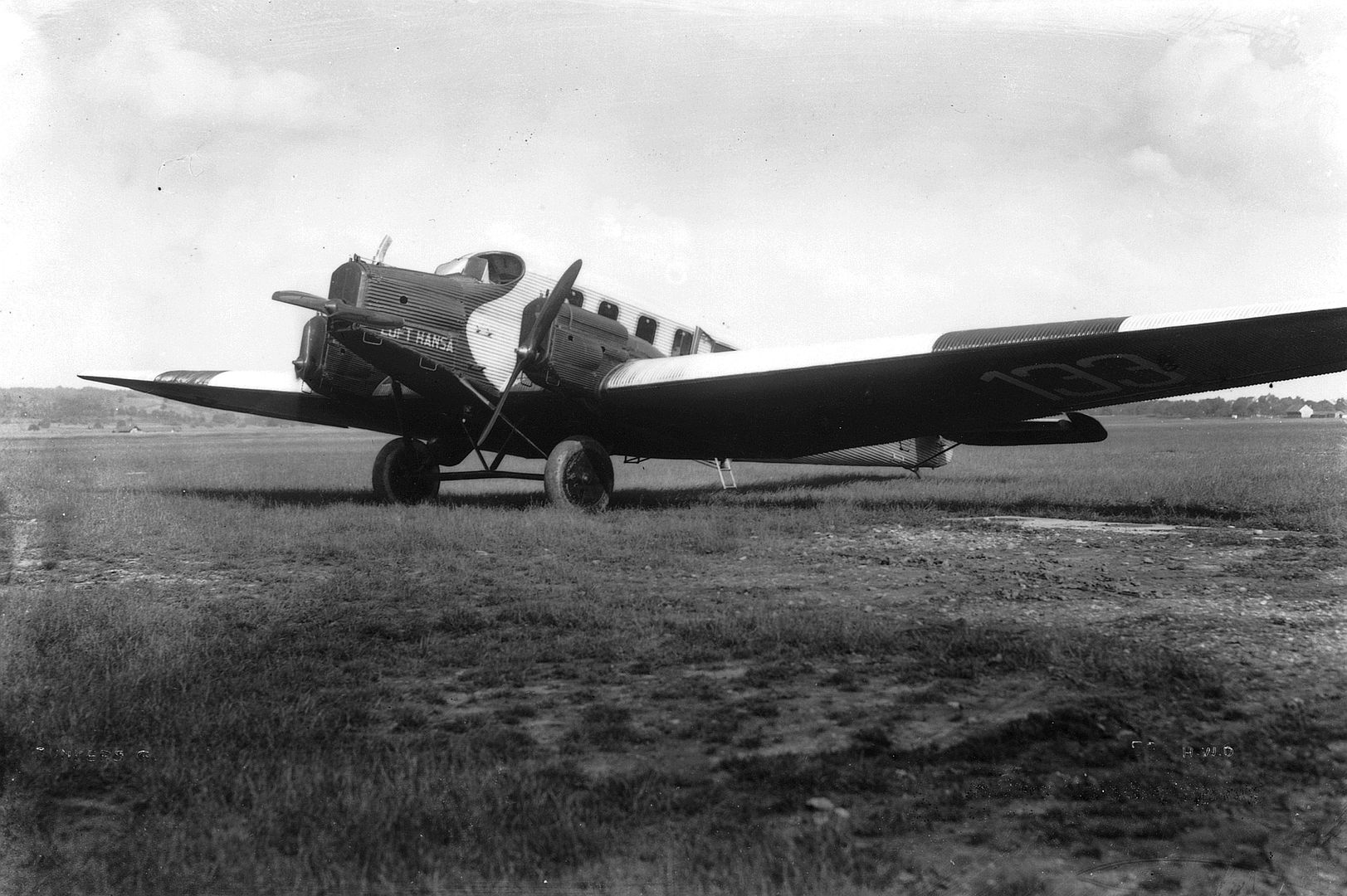

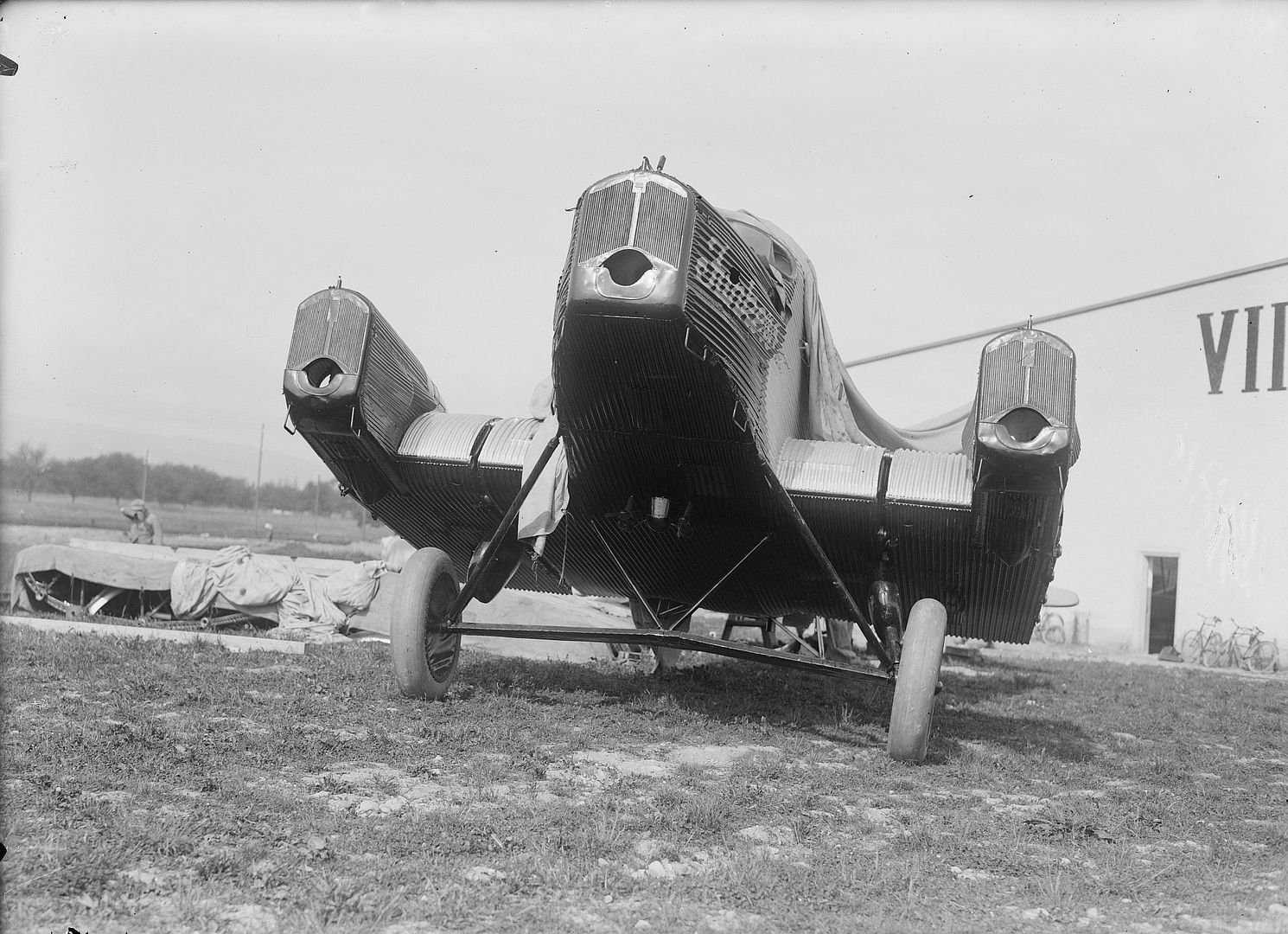
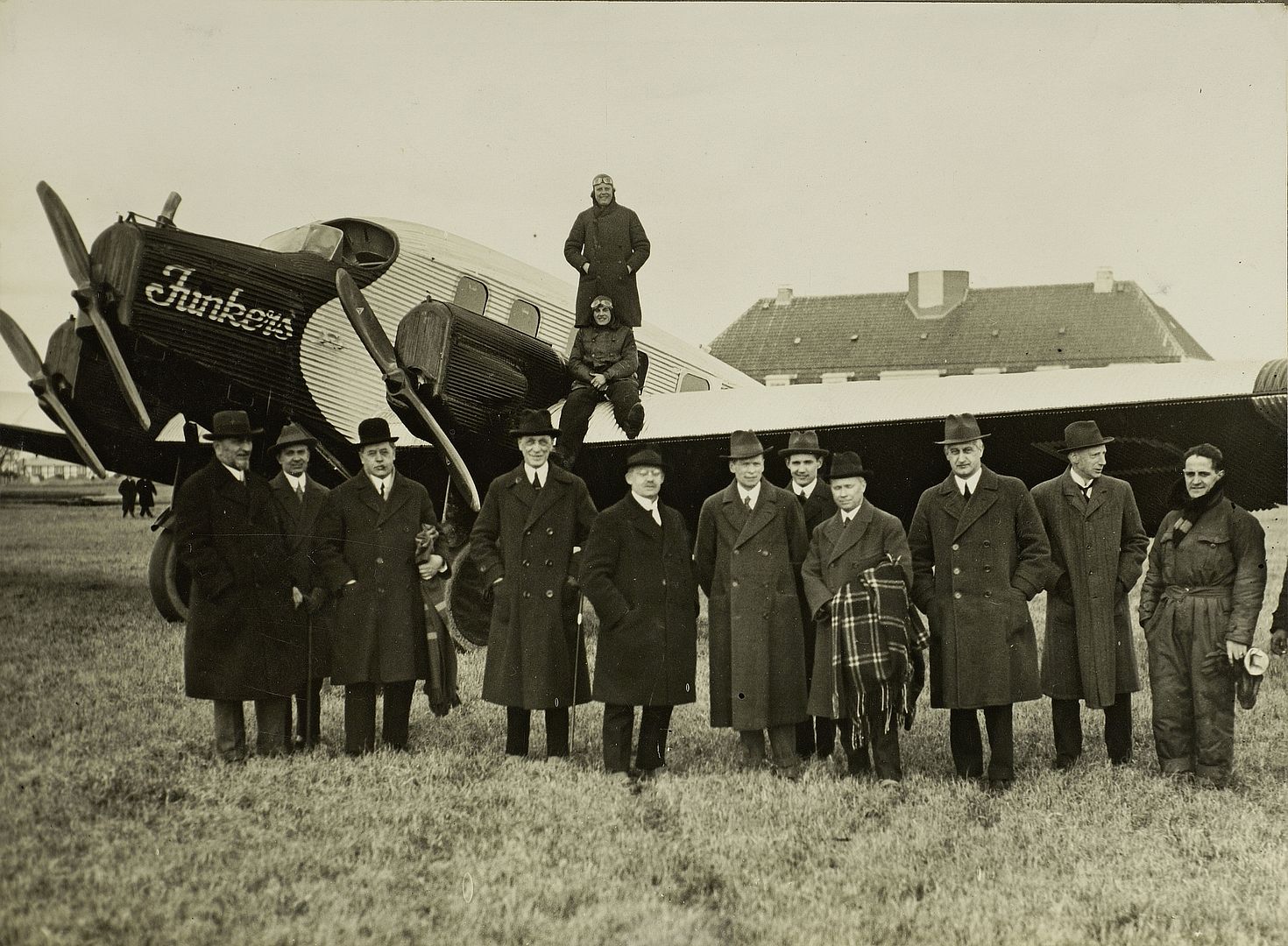
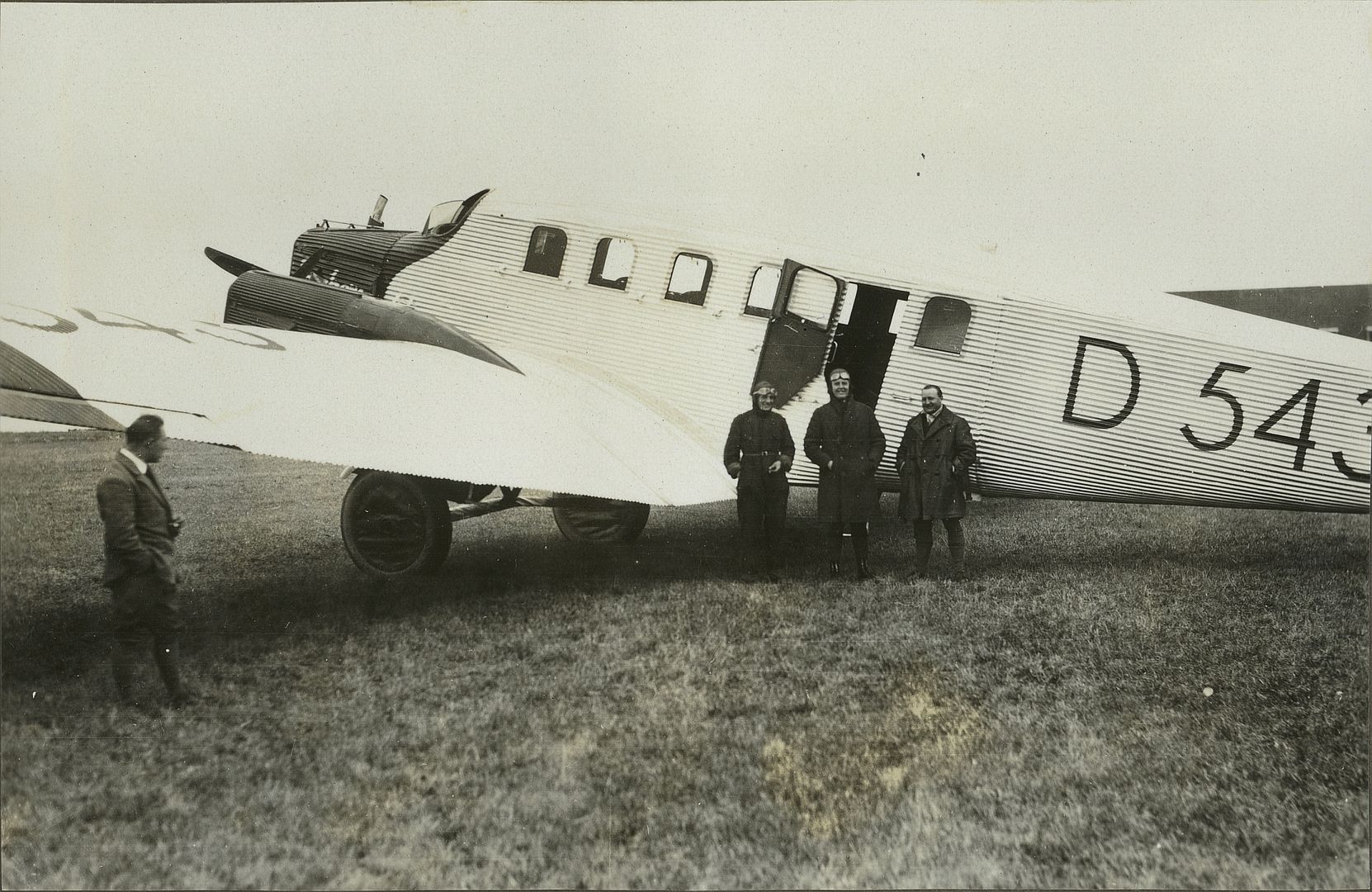
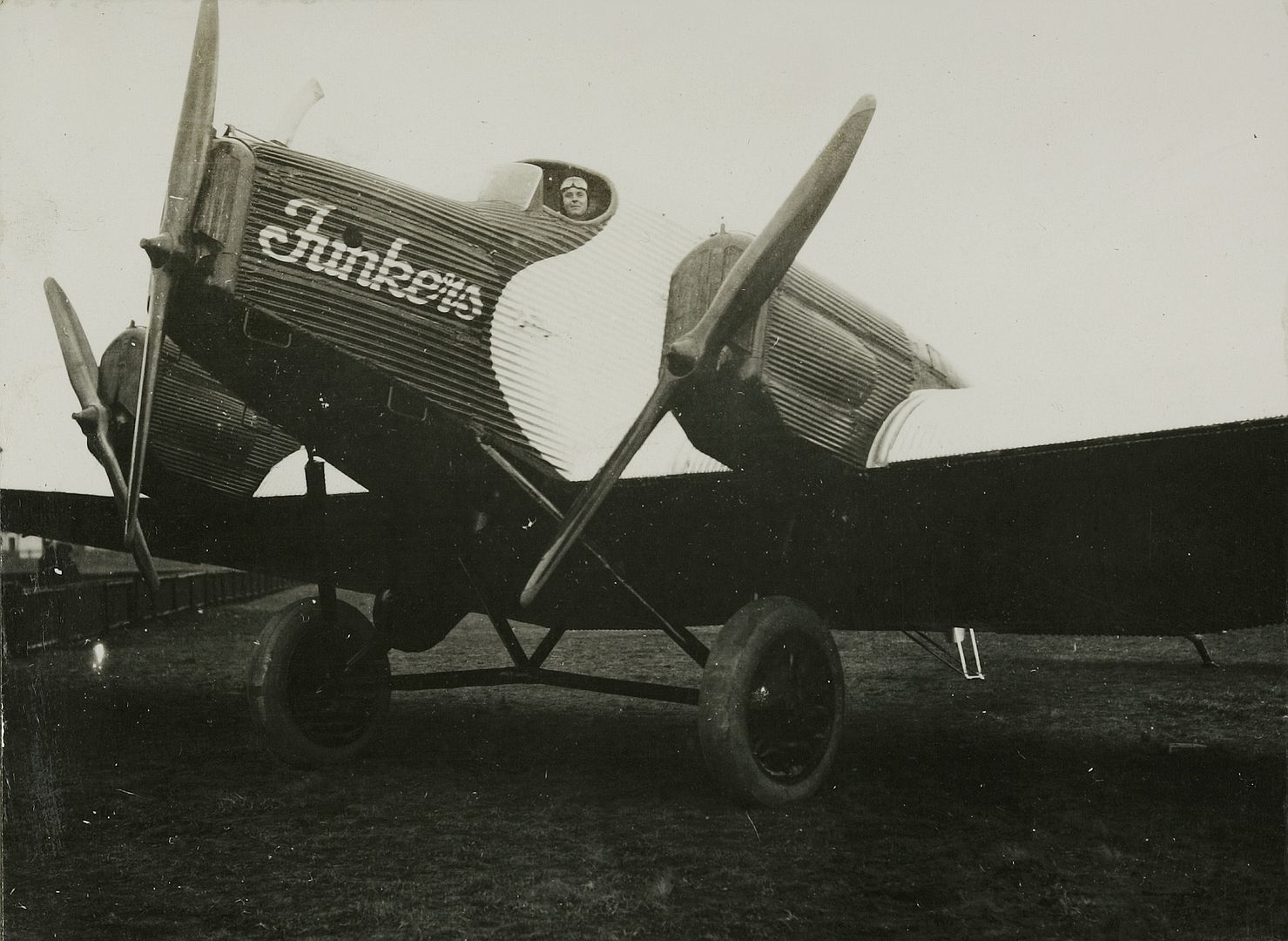
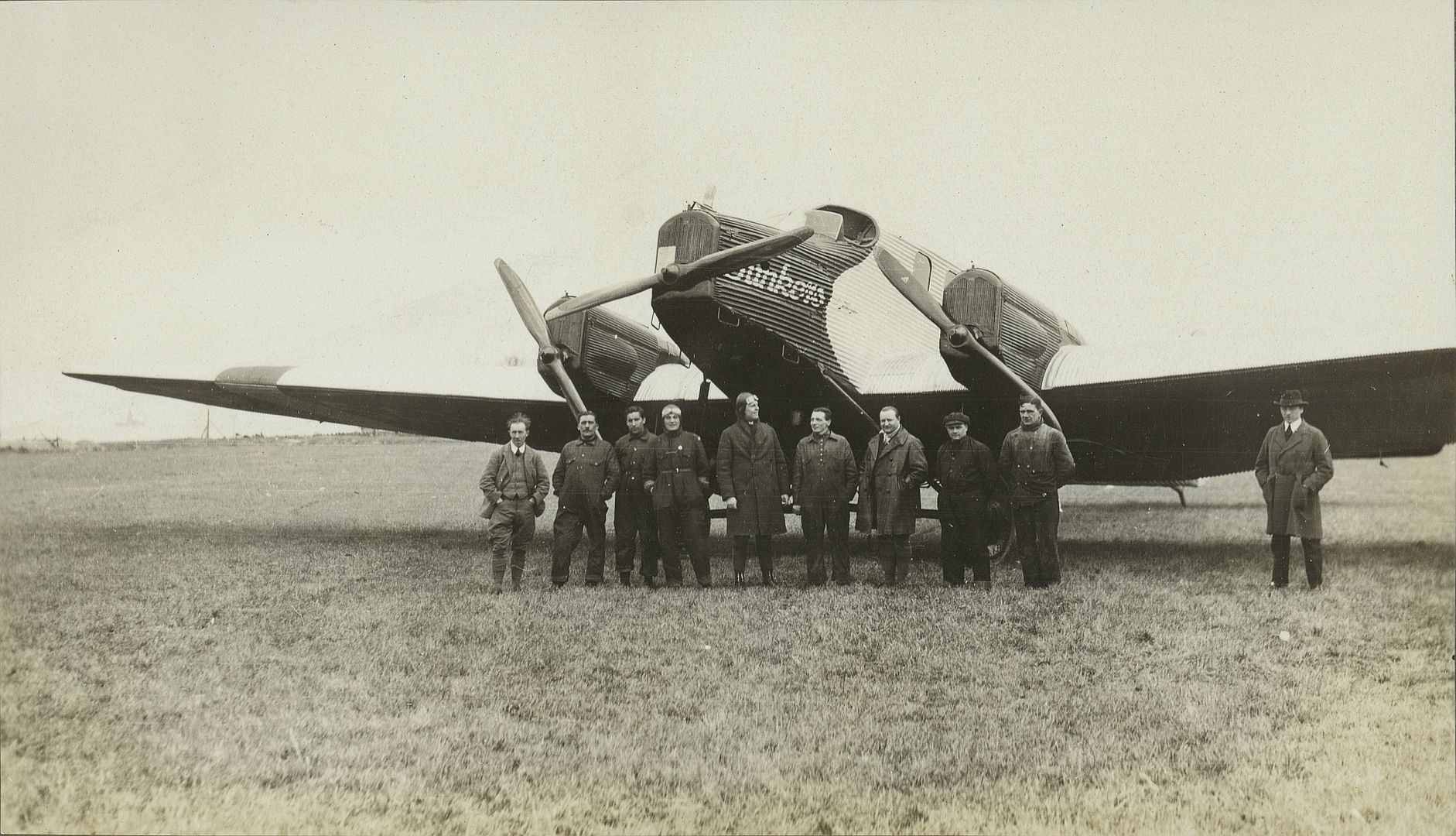
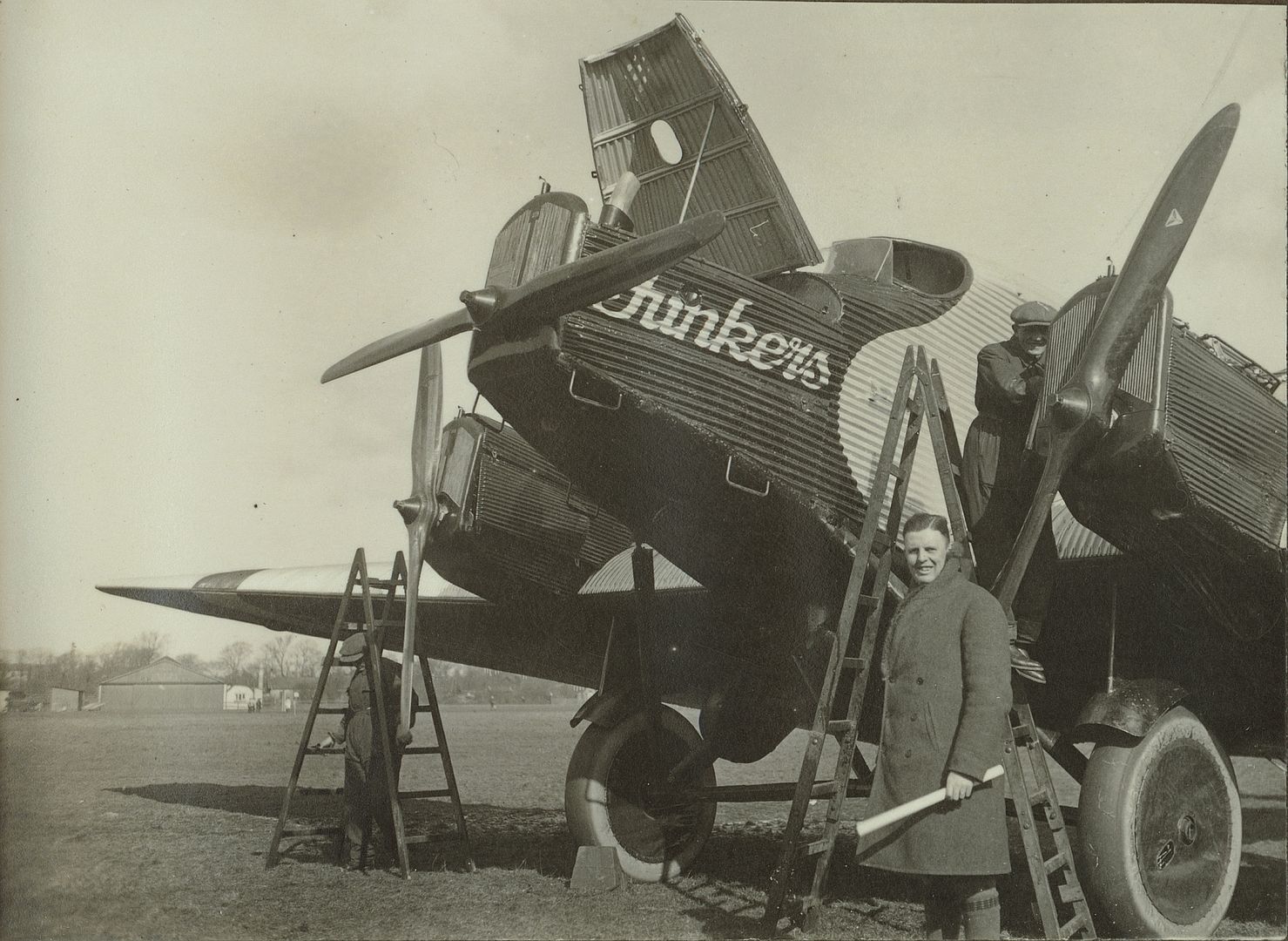
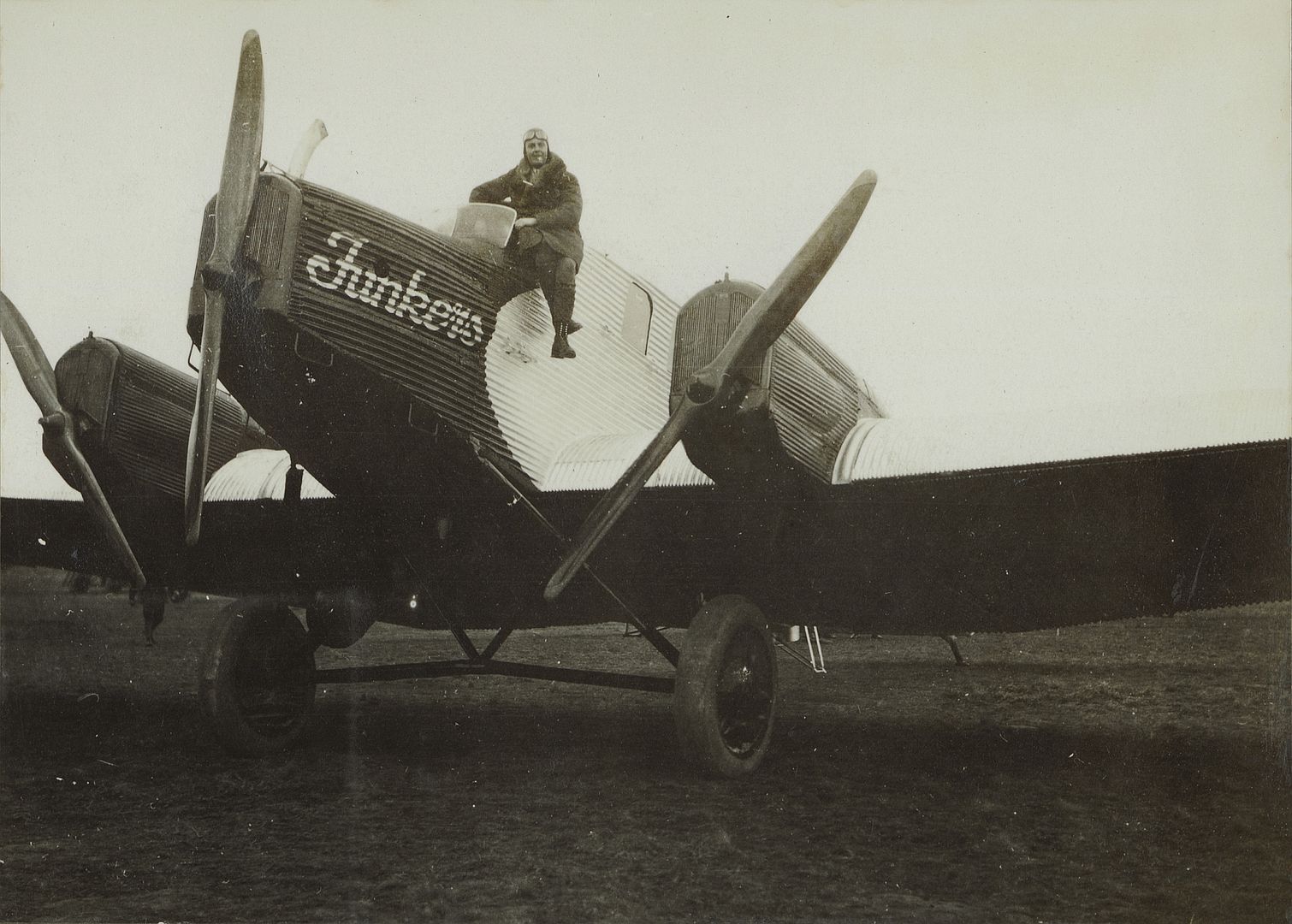
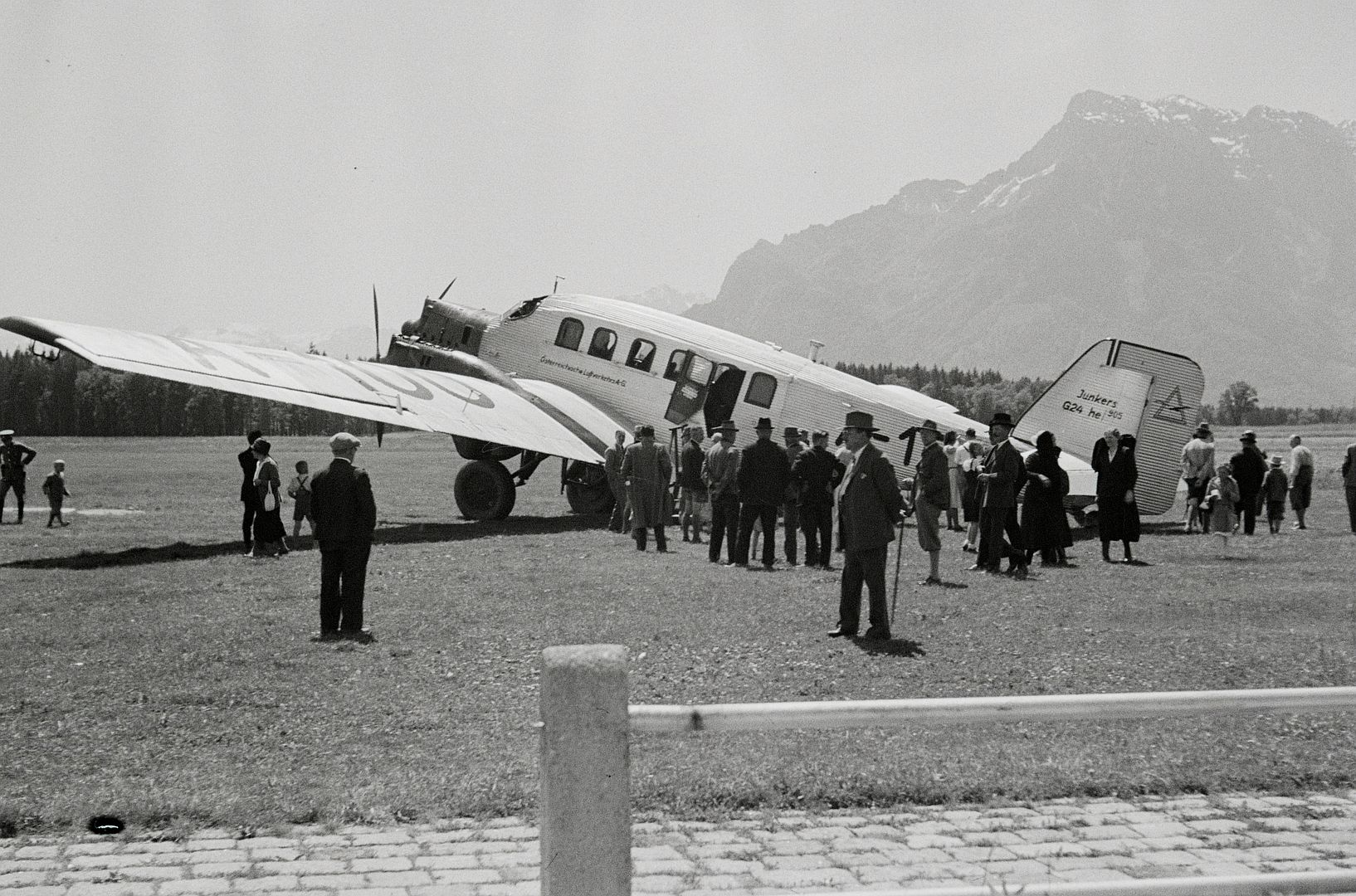
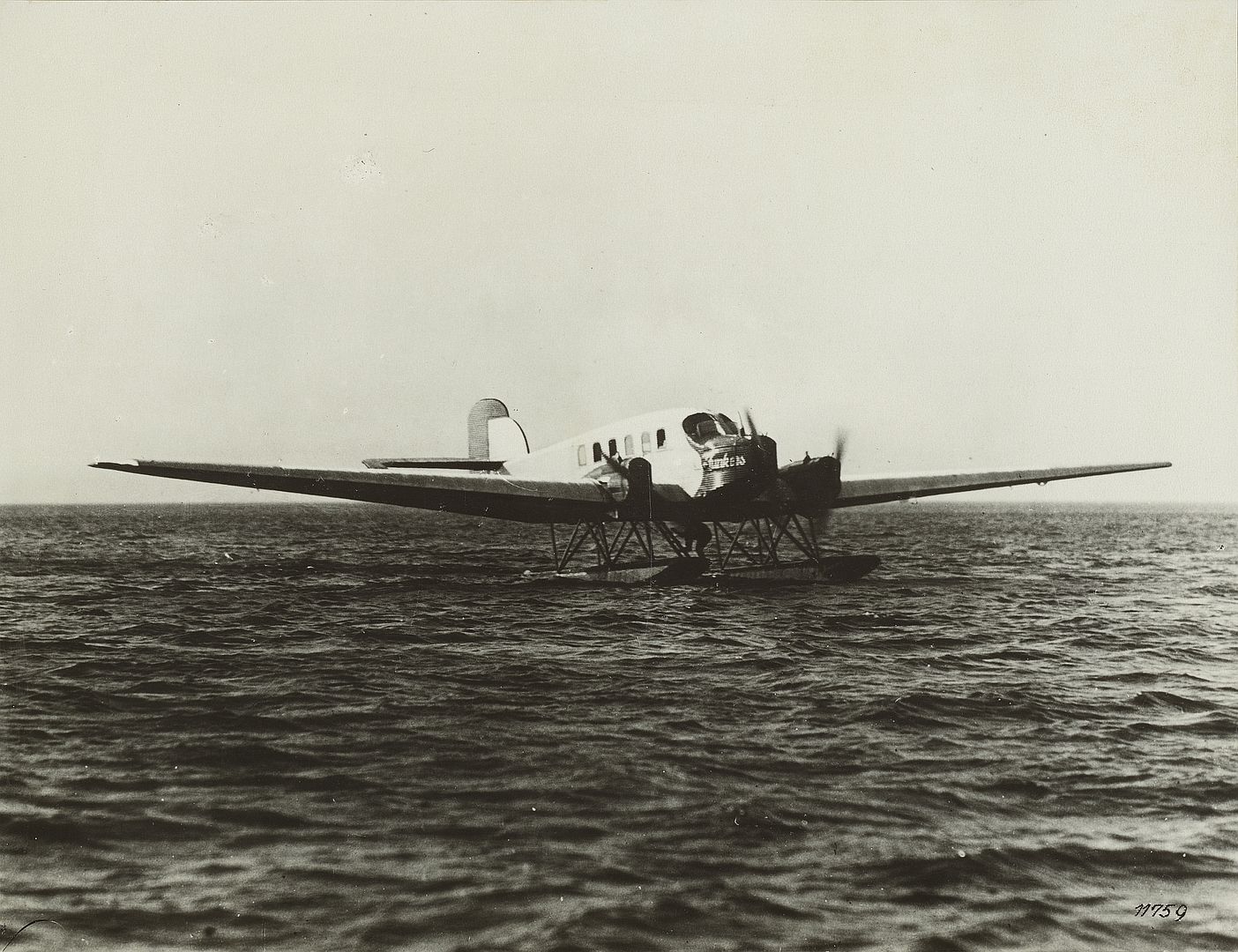
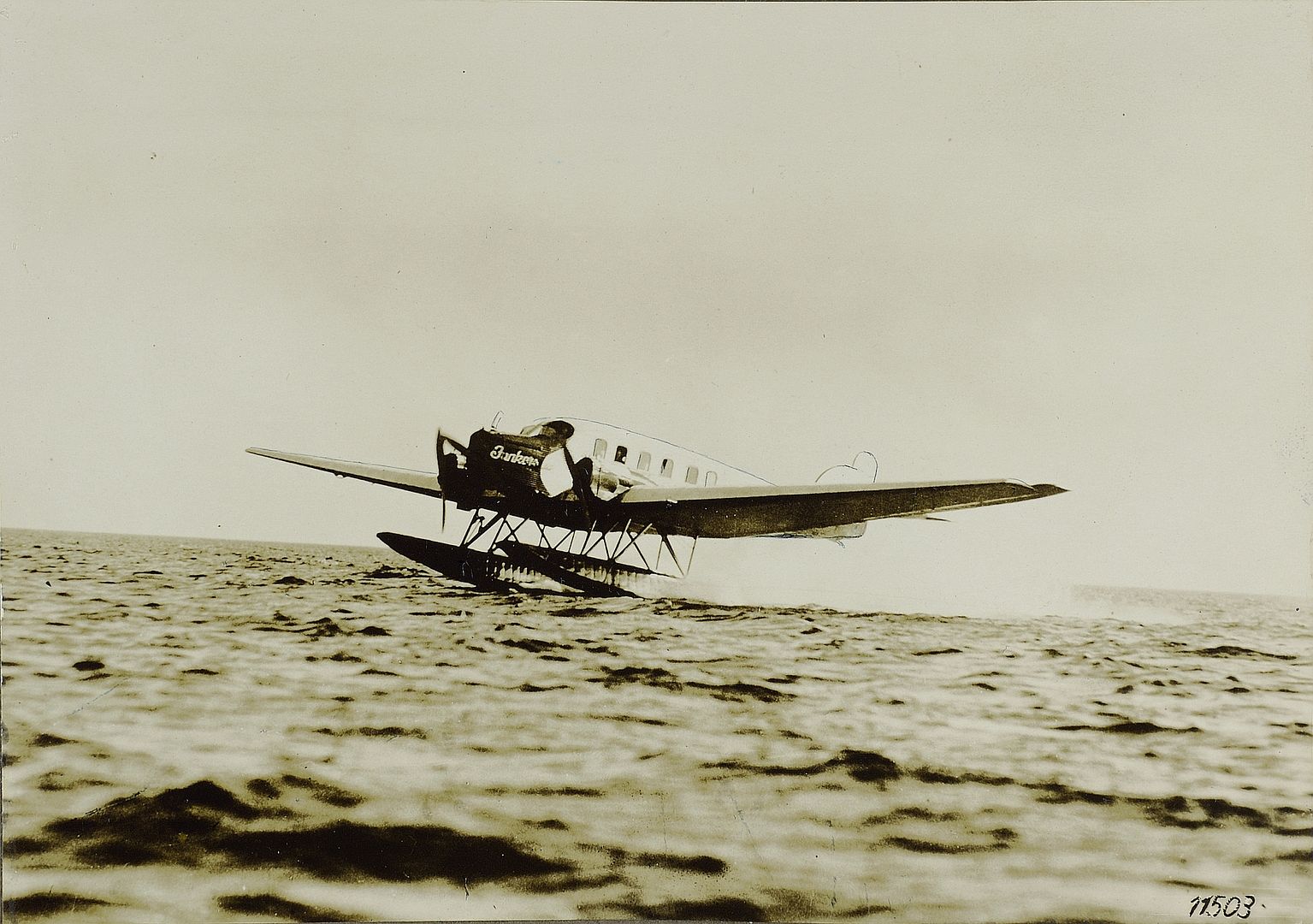
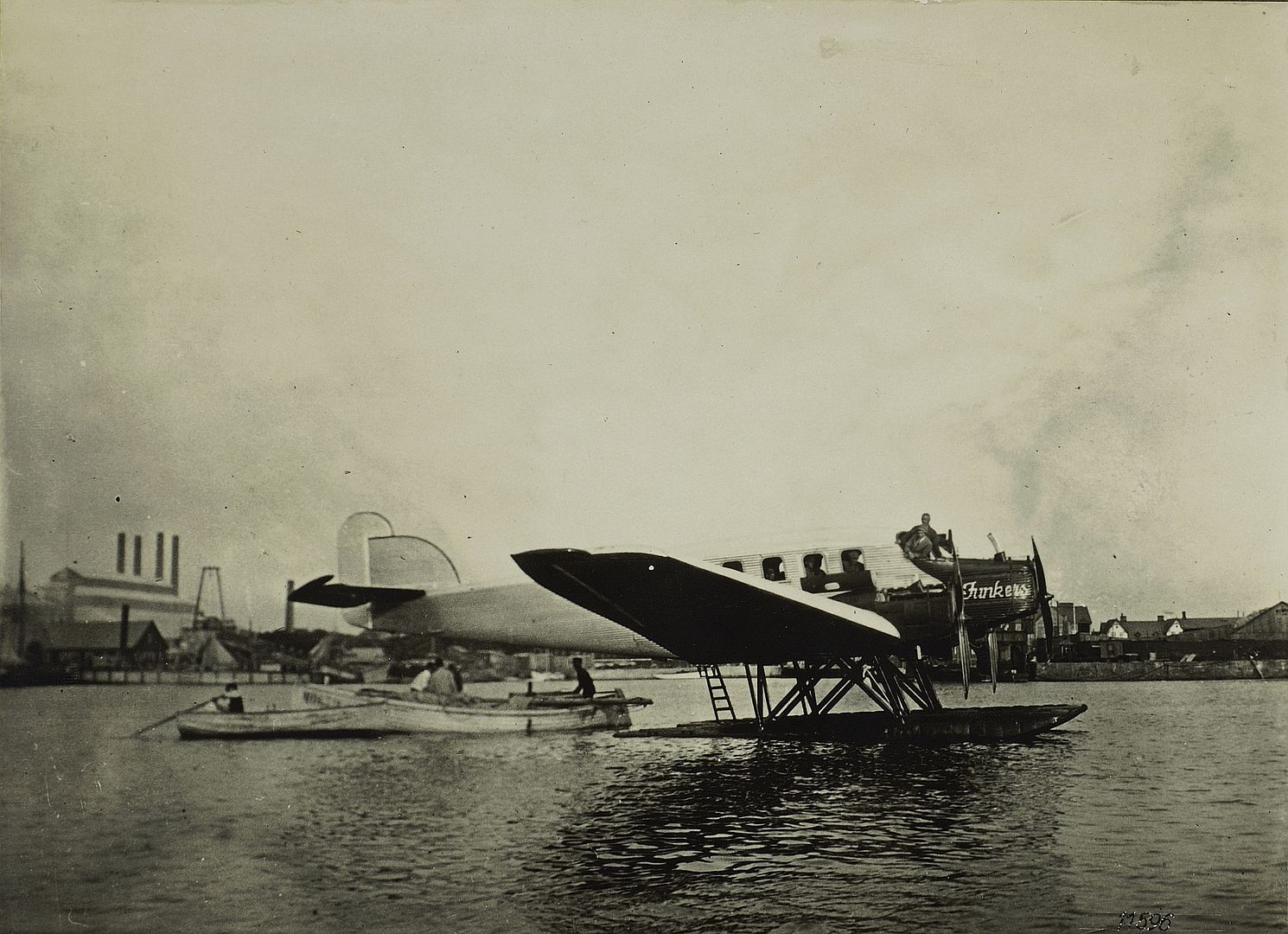
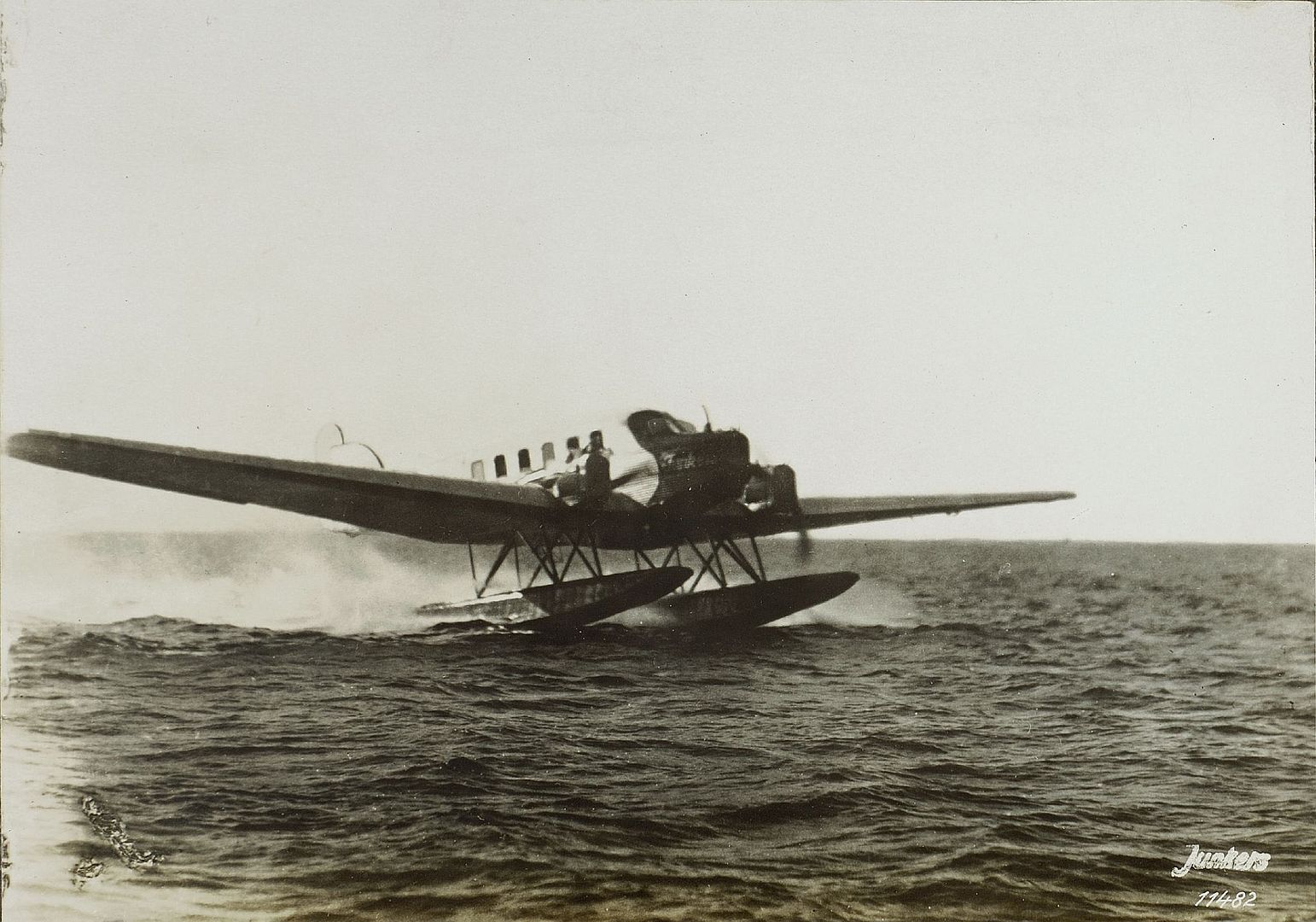
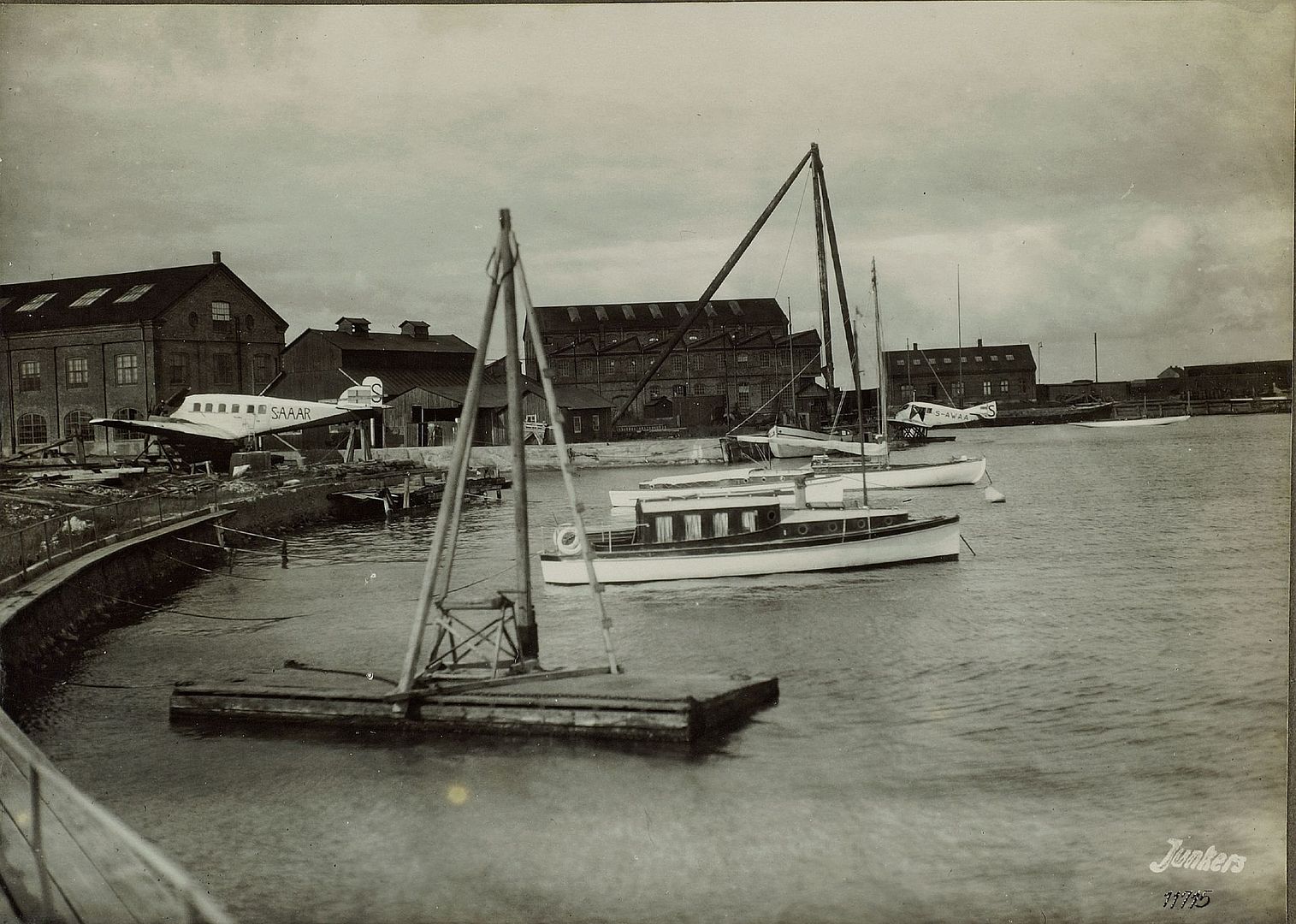
Military versions
Junkers offered the K 30 design to the Soviet forces, which ordered a total of 23 K 30s in 1925 and 1926. A production line for the military version K 30 was set up at A.B. Flygindustri at Limhamn in Sweden as the German aviation industry was prevented from building military aircraft in 1926. The parts for the K 30 aircraft were built at Dessau and then shipped to Limhamn, where A.B. Flygindustri built the K 30 under the designation R 42. Some of the R 42s were equipped with machine gun towers and bomb mountings. But several of the R 42s were also shipped without military equipment to Russia. These were later fitted with military equipment at Junkers' factory in Fili, Moscow. The R 42/K 30 was designated JuG-1 in the Soviet Union. They received five 7.62 mm (.30 in) machine guns and could carry a bomb load of 500 kg (1,100 lb). This version was used to rescue the expedition of downed balloonist General Umberto Nobile in 1928.
Six more R 42s were delivered to Chile during 1926 plus three K 30s to Spain and two K 30s to Yugoslavia until 1931. The Spanish and Yugoslavian aircraft were produced at Dessau. The K 30 was equipped with either wheels, skis or floats. With the successful conversion of the G 24 into the single-engine aircraft F 24, Junkers was also thinking about a single-engine K 30 in 1931. Like the F 24, this K30do was to be equipped with the Jumo 4 engine and was similar to the initial G1Sa 24. However, no single-engine K 30s were built.
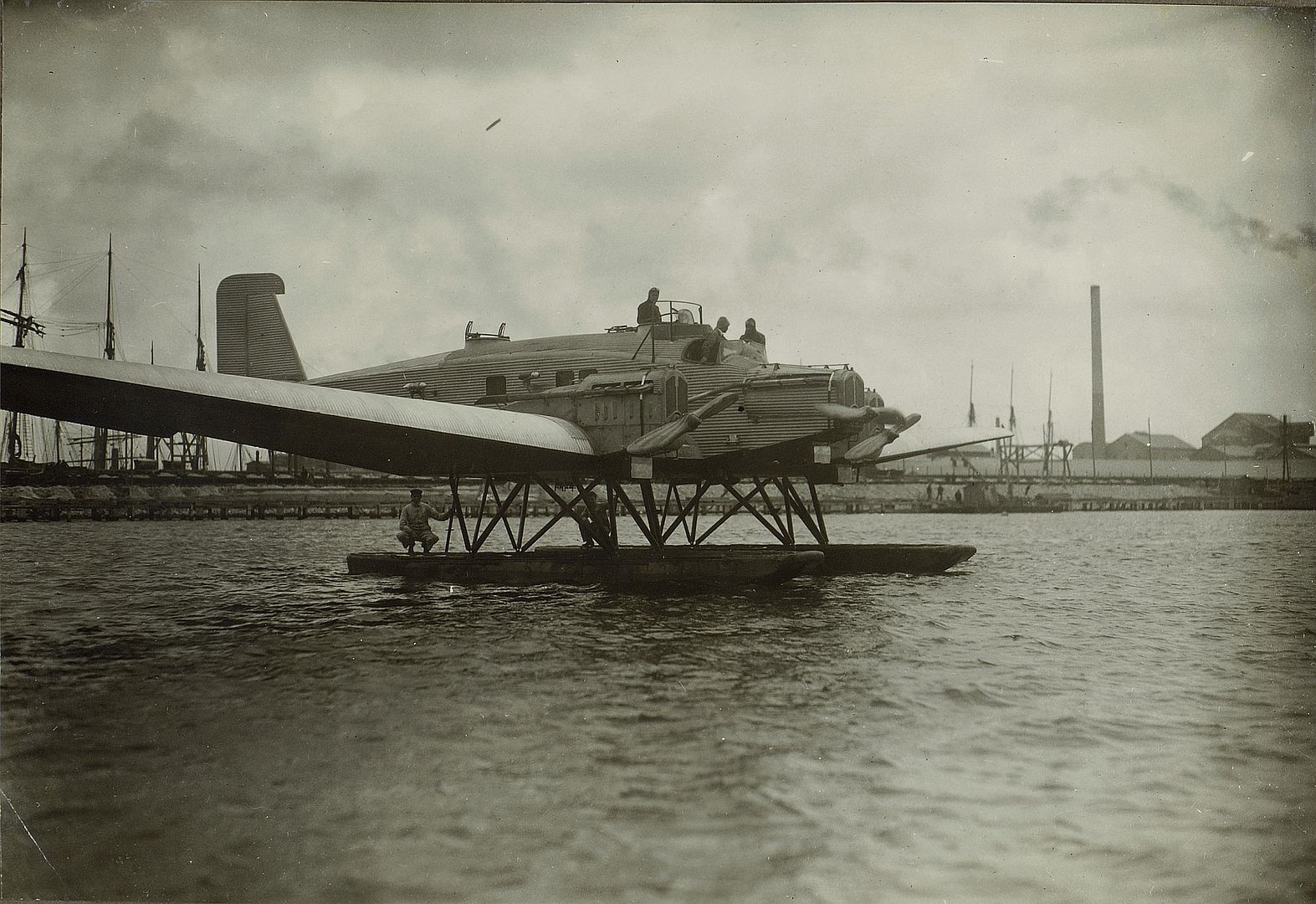
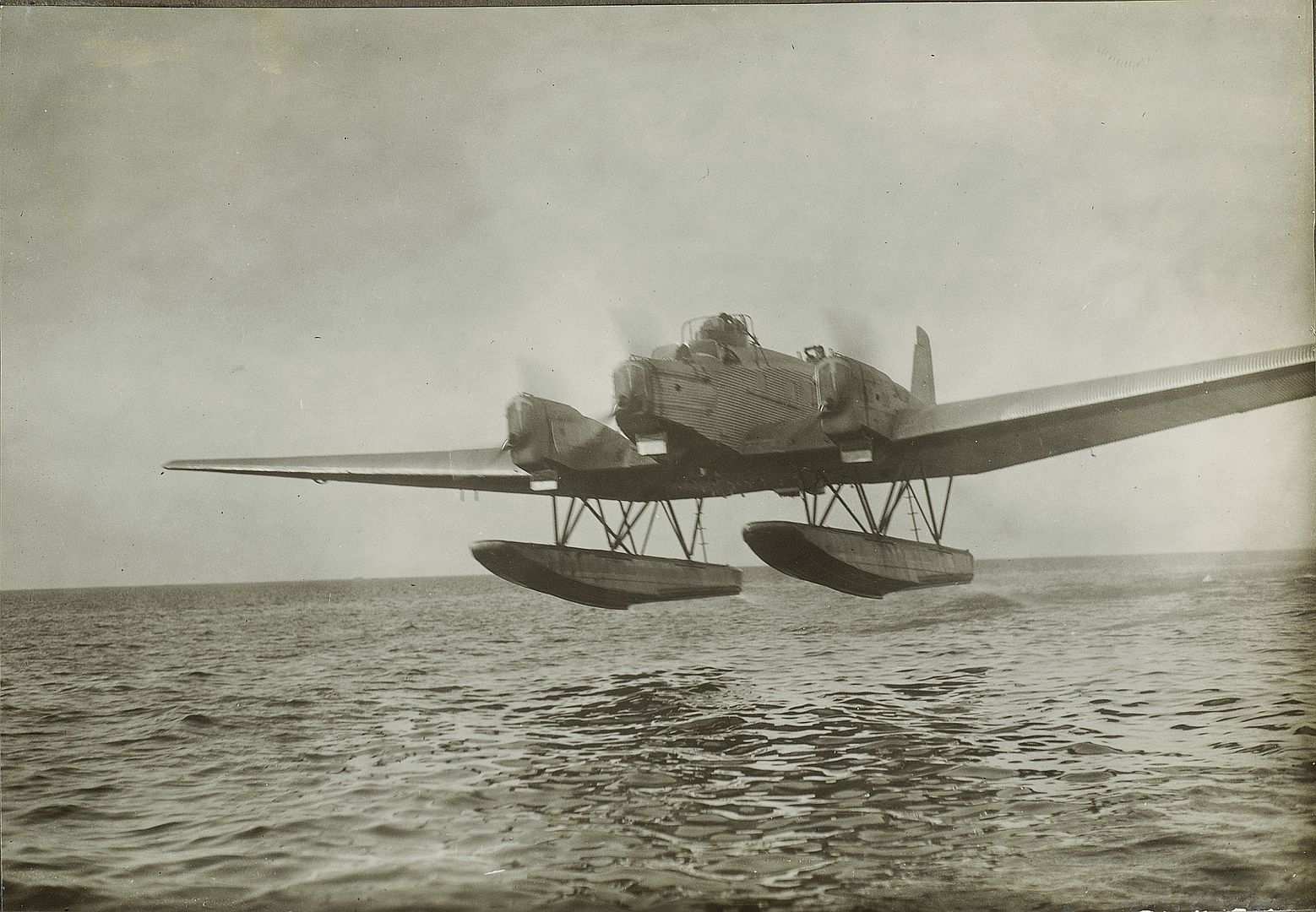
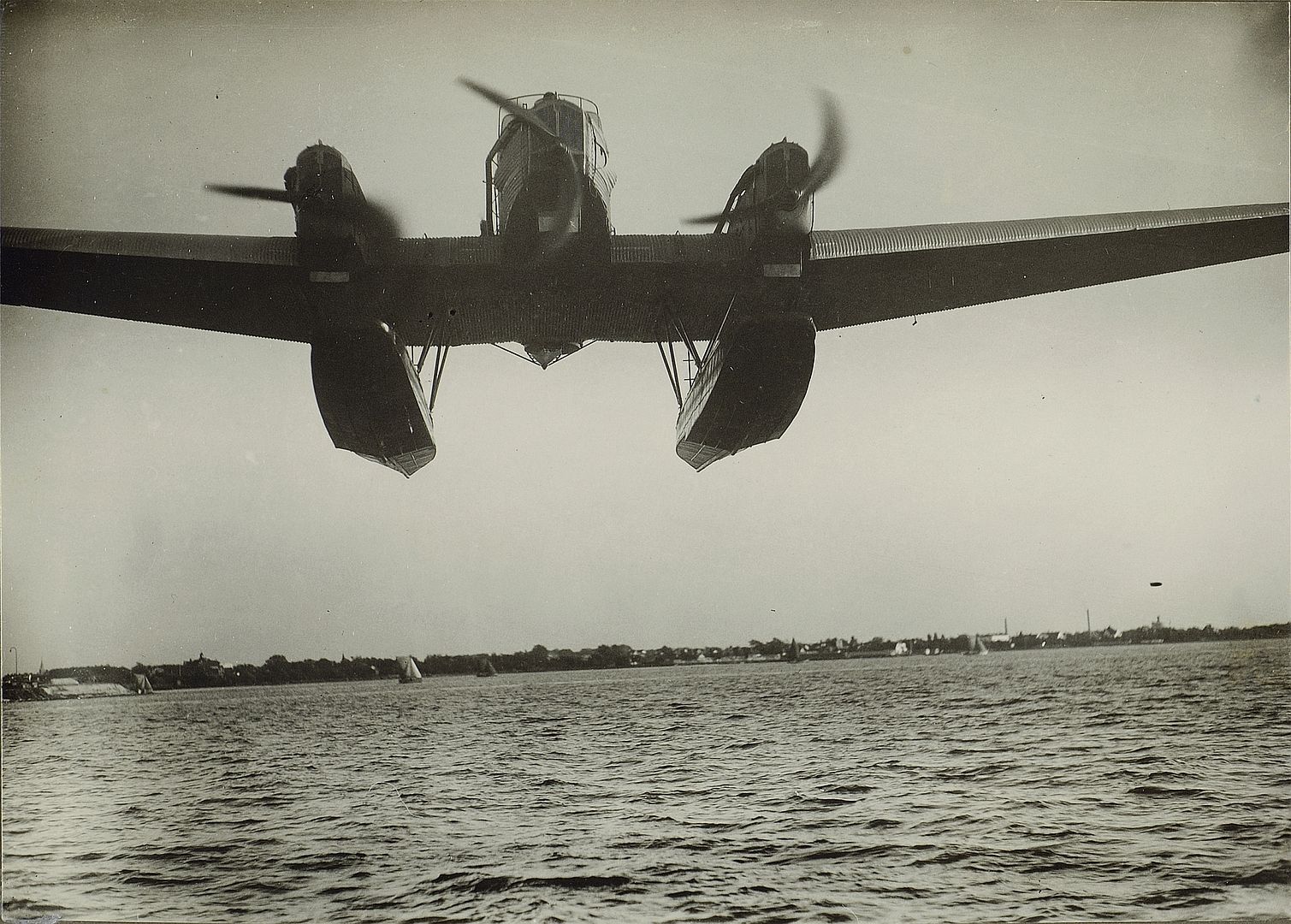
Record flights with the G 24
1926
May 1 ? Deutsche Luft Hansa starts the first passenger night flights from Berlin to K?nigsberg.
July 24 ? The Peking expedition flight: A Luft Hansa expedition flew to Peking, a flight of over 20,000 km (12,400 mi). Two G 24s, the D-901 and D-903 participated.
1927
April 1 ? World distance record with 2,000 kg (4,410 lb) payload. Waldemar Roeder achieved a new world distance record with a G 24L with 2,000 kg (4,410 lb) payload with 1,013.18 km (629.56 mi) in 7 hours and 52 minutes.
April 4 ? World distance record with 1,000 kg (2,200 lb) payload. Fritz Horn achieved a new distance record with a G 24L with 1,000 kg (2,200 lb) payload with 2,026.36 km (1,259.12 mi) in 14 hours and 23 minutes.
April 10 ? World speed record with 2,000 kg (4,410 lb) payload over 500 km ( mi). Hermann Roeder achieved a new speed record with a G 24L with 2,000 kg (4,410 lb) payload over 500 km (310 mi) with 175.75 km/h (109.21 mph). During the same flight, the record for 2,000 kg (4,410 lb) over 100 km (60 mi) was also achieved with 179.24 km/h (111.37 mph)
June 1 ? World speed record with 2,000 kg (4,410 lb) payload over 100 km (60 mi). The Junkers pilot Zimmermann achieved a new speed record with a G 24L with 2,000 kg (4,410 lb) payload over 100 km (60 mi) with 207.26 km/h (128.79 mph). The record flight was performed between the turning points at Dessau and Leipzig.
June 28 ? World speed record. Zimmermann achieved the speed record with 1,000 kg (2,200 lb) payload with 209.115 km/h (129.938 mph)
August 4 ? The South Atlantic expedition flight. A G 24h1e belonging to Severa took off from Norderney to the Azores from where it was planned to cross the North Atlantic as the first aircraft from East to West. But the operation had to be stopped due to a crash at the Azores.
August 6 ? a K 30 seaplane performed FAI World Record Flights. Over a distance of 1,000 km (620 mi) and with a payload of 1,000 kg (2,200 lb), the K 30 reached a speed of 171 km/h (106 mph). The flight time of 10 h 42 min 45 sec was also a FAI Record, as well as the flight distance of 1,176 km (731 mi).
1928
June 23 ? The Afghanistan expedition flight. One G 24 and two F 13 aircraft started an Afghanistan expedition flight
Specifications (G.24he)
General characteristics
Crew: 2
Capacity: 14 passengers
Length: 15.8 m (51 ft 10 in)
Wingspan: 29.37 m (96 ft 4 in)
Height: 5.80 m (19 ft 0 in)
Wing area: 99 m2 (1,070 sq ft)
Empty weight: 4,330 kg (9,546 lb)
Gross weight: 7,200 kg (15,873 lb)
Powerplant: 3 ? Junkers L5 6-cyl. in-line water-cooled piston engine, 230 kW (310 hp) each
Performance
Maximum speed: 210 km/h (130 mph; 113 kn)
Cruise speed: 170 km/h (106 mph; 92 kn)
Range: 660 km (410 mi; 356 nmi)
Service ceiling: 4,000 m (13,000 ft) with maximum payload
Rate of climb: 2.47 m/s (486 ft/min)
Time to altitude: 2,000 m (6,600 ft) in 13.5 minutes
Post a reply
- Go to Previous topic
- Go to Next topic
- Go to Welcome
- Go to Introduce Yourself
- Go to General Discussion
- Go to Screenshots, Images and Videos
- Go to Off topic
- Go to Works in Progress
- Go to Skinning Tips / Tutorials
- Go to Skin Requests
- Go to IJAAF Library
- Go to Luftwaffe Library
- Go to RAF Library
- Go to USAAF / USN Library
- Go to Misc Library
- Go to The Ops Room
- Go to Made in Germany
- Go to Campaigns and Missions
- Go to Works in Progress
- Go to Juri's Air-Raid Shelter
- Go to Campaigns and Missions
- Go to Works in Progress
- Go to Skinpacks
- Go to External Projects Discussion
- Go to Books & Resources
